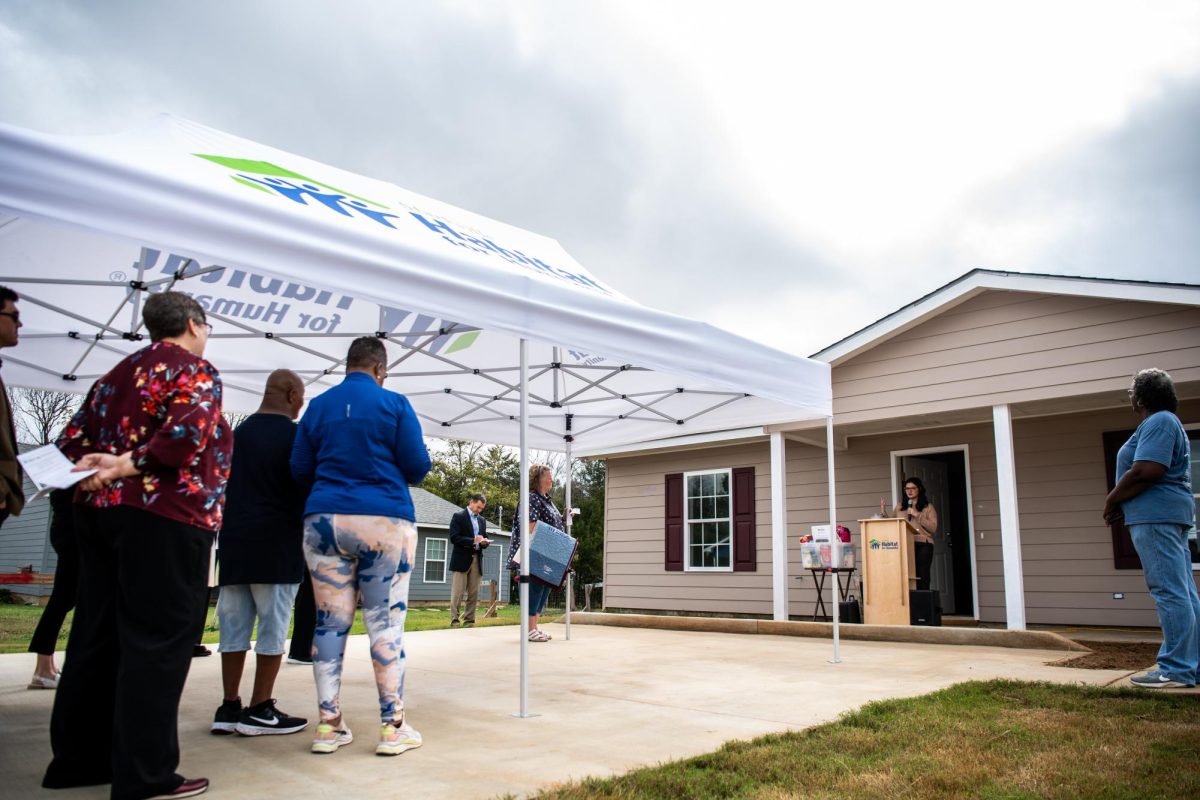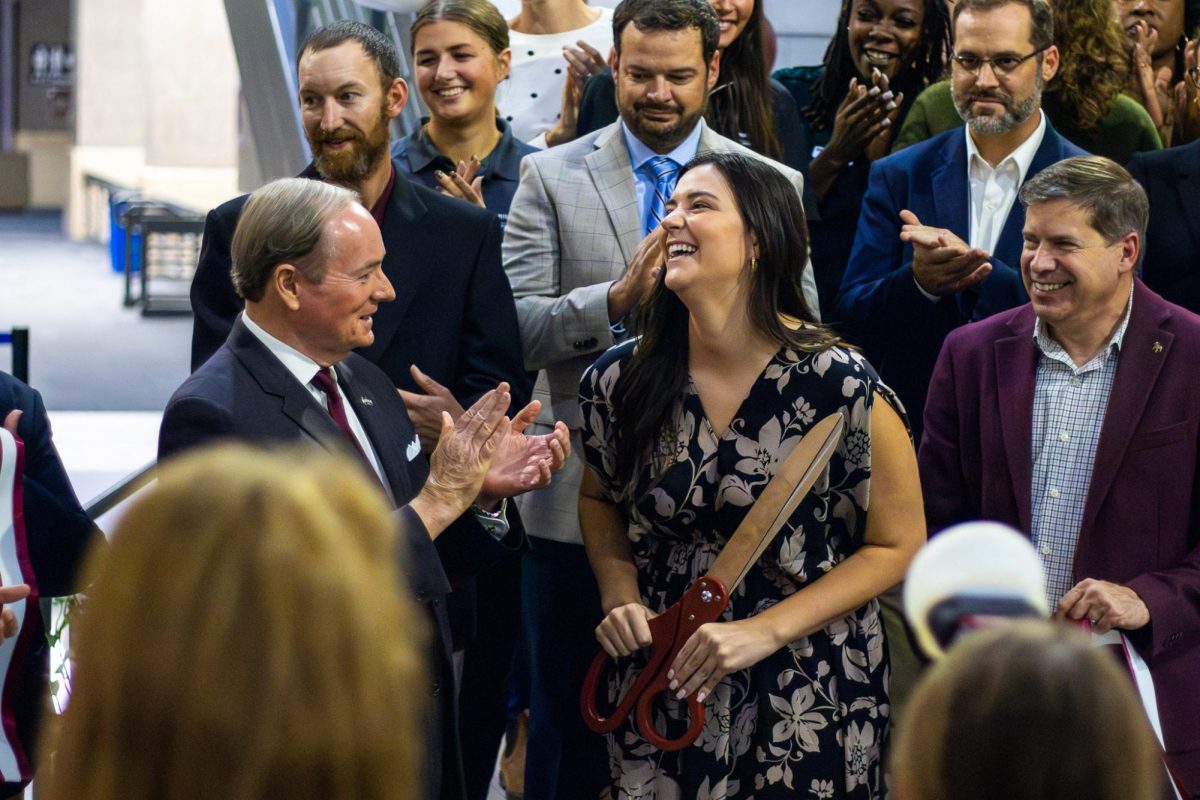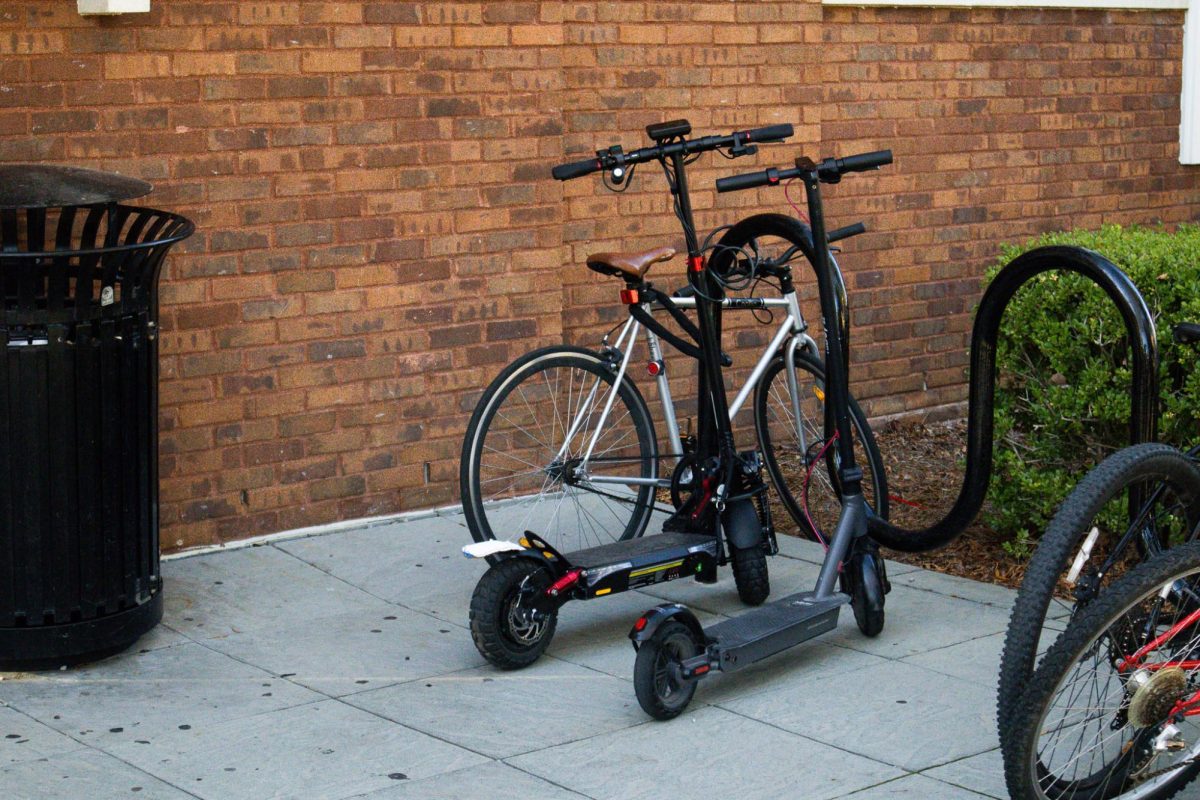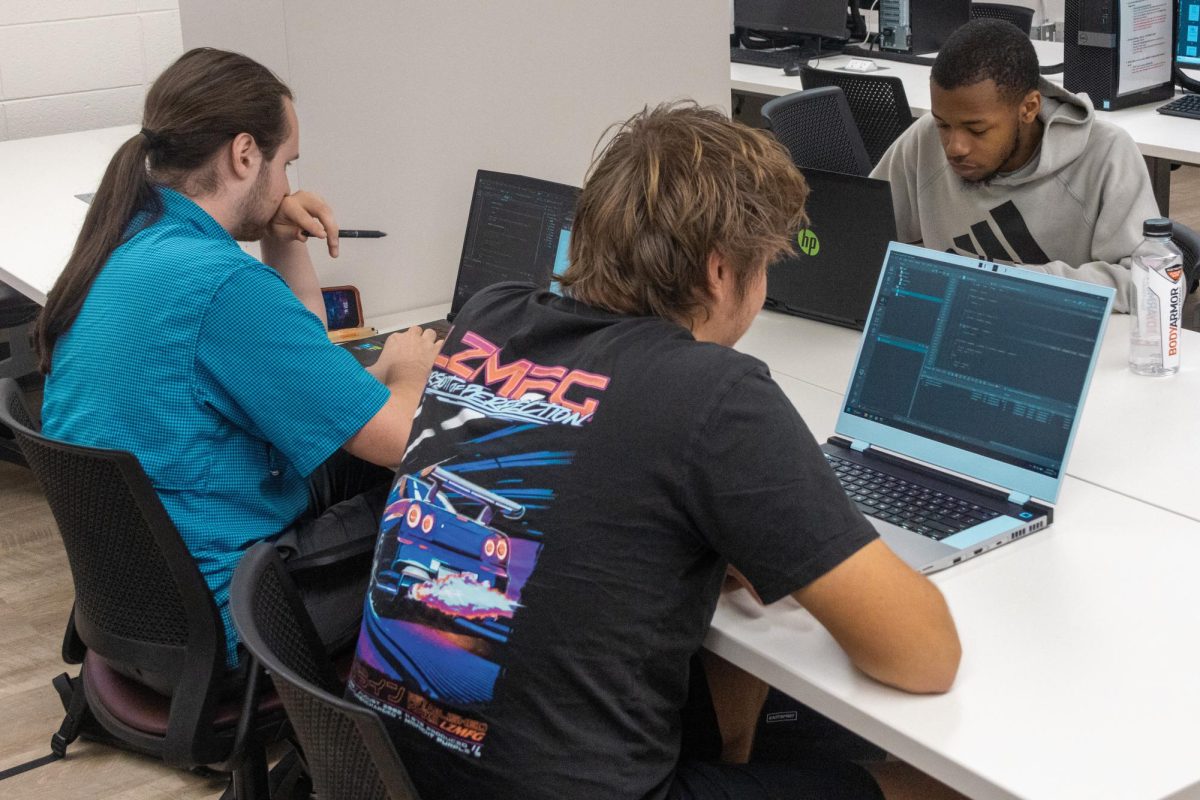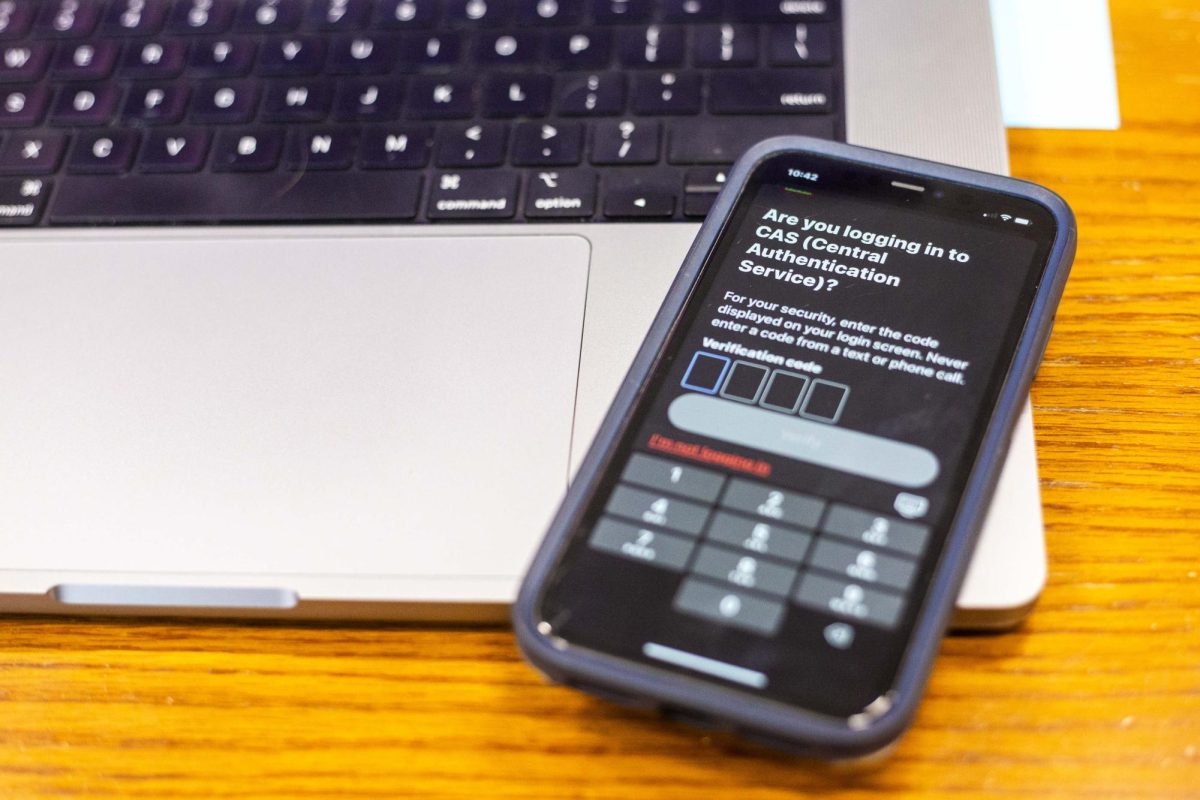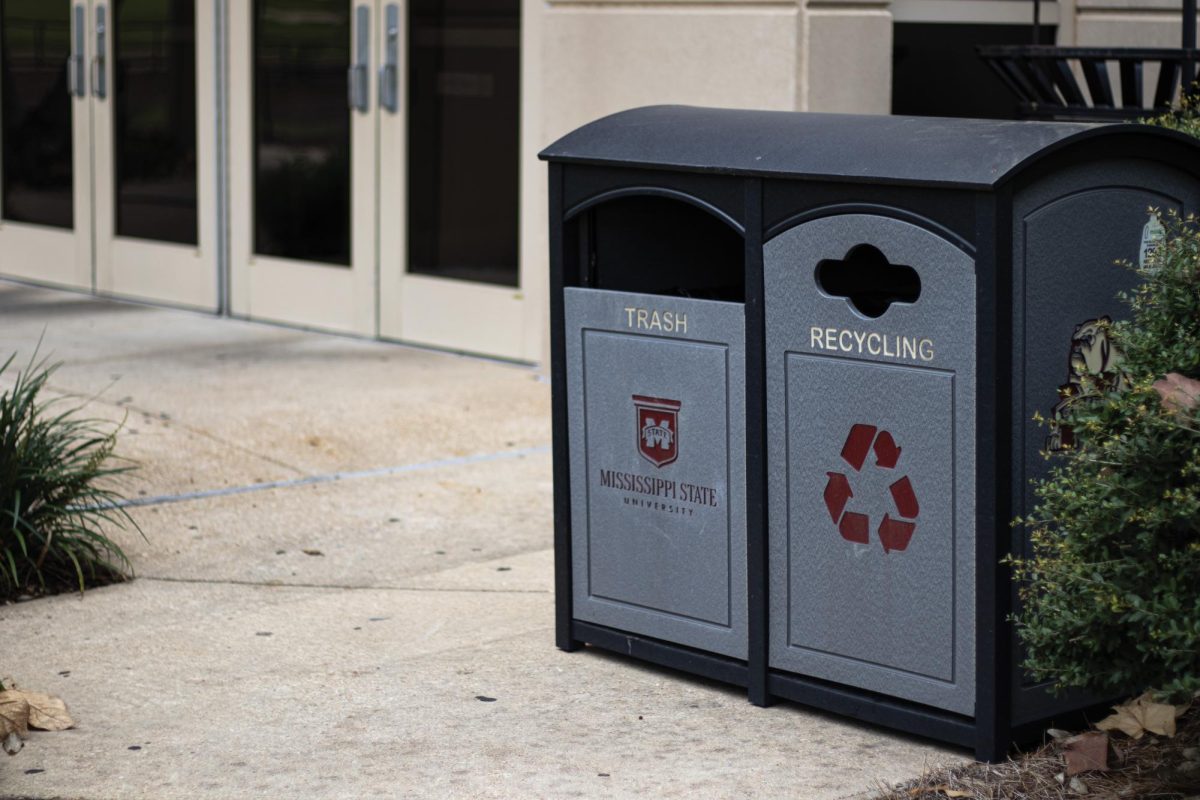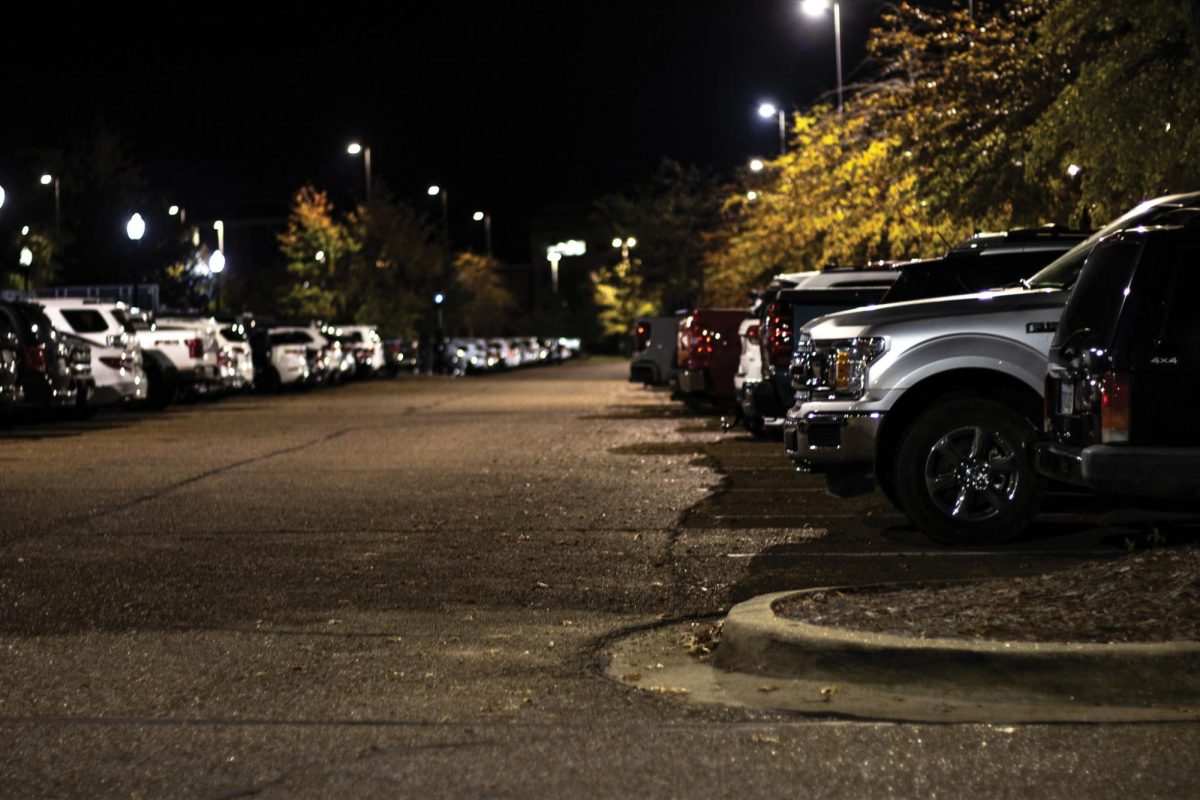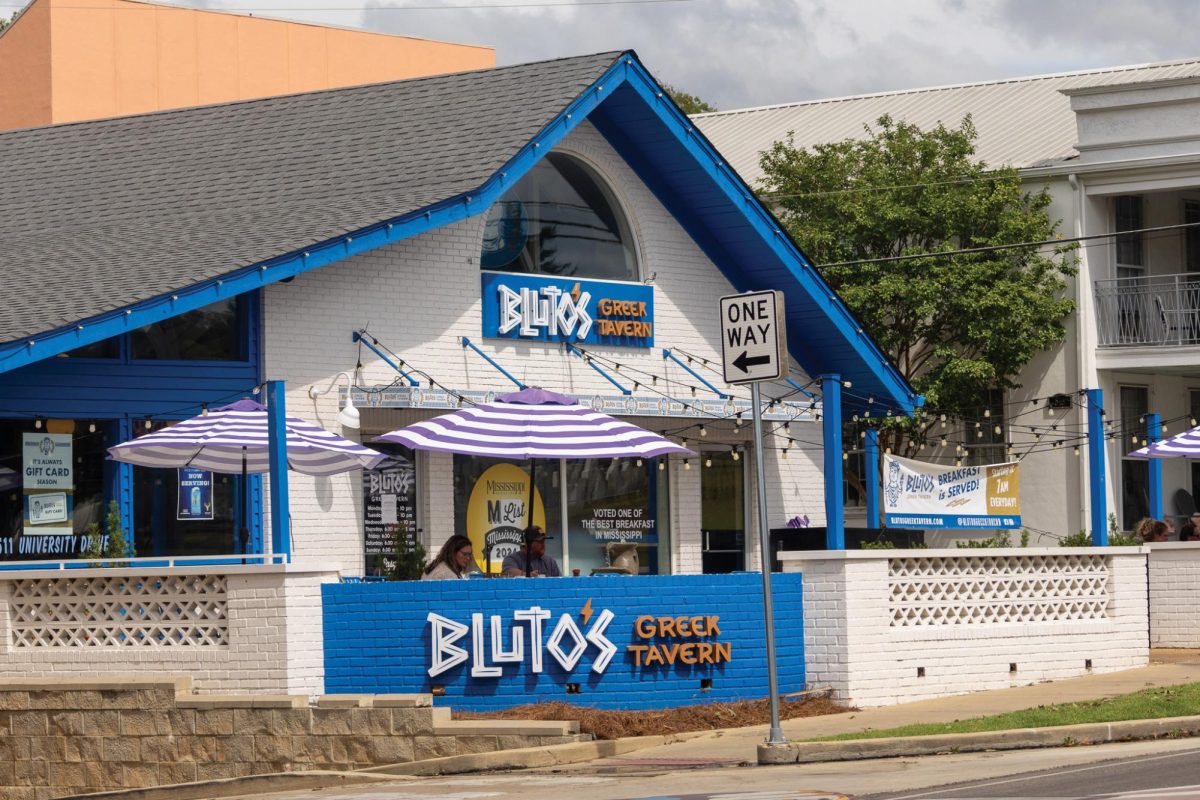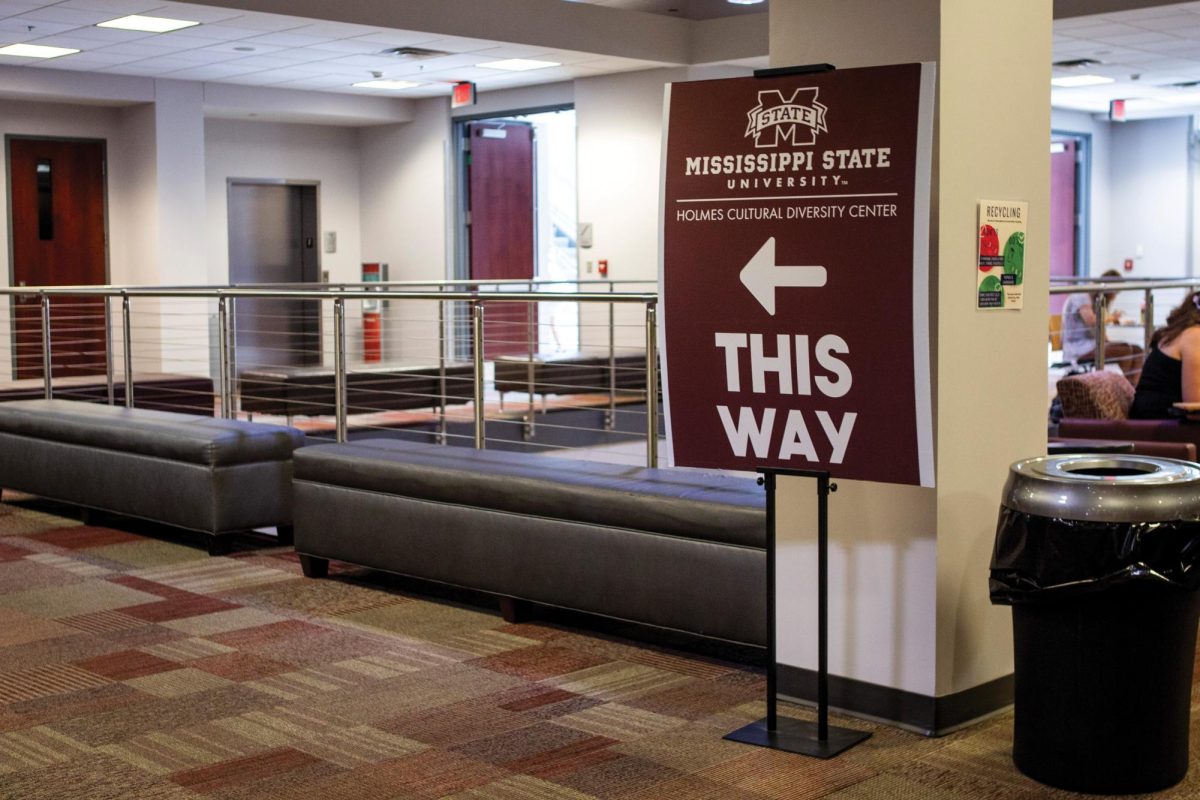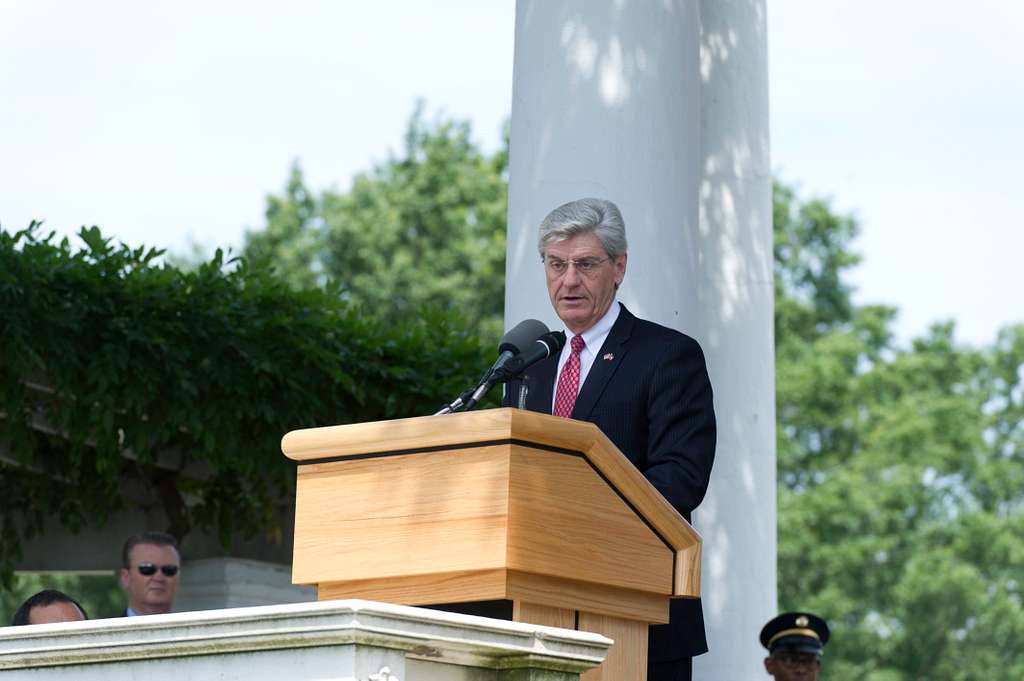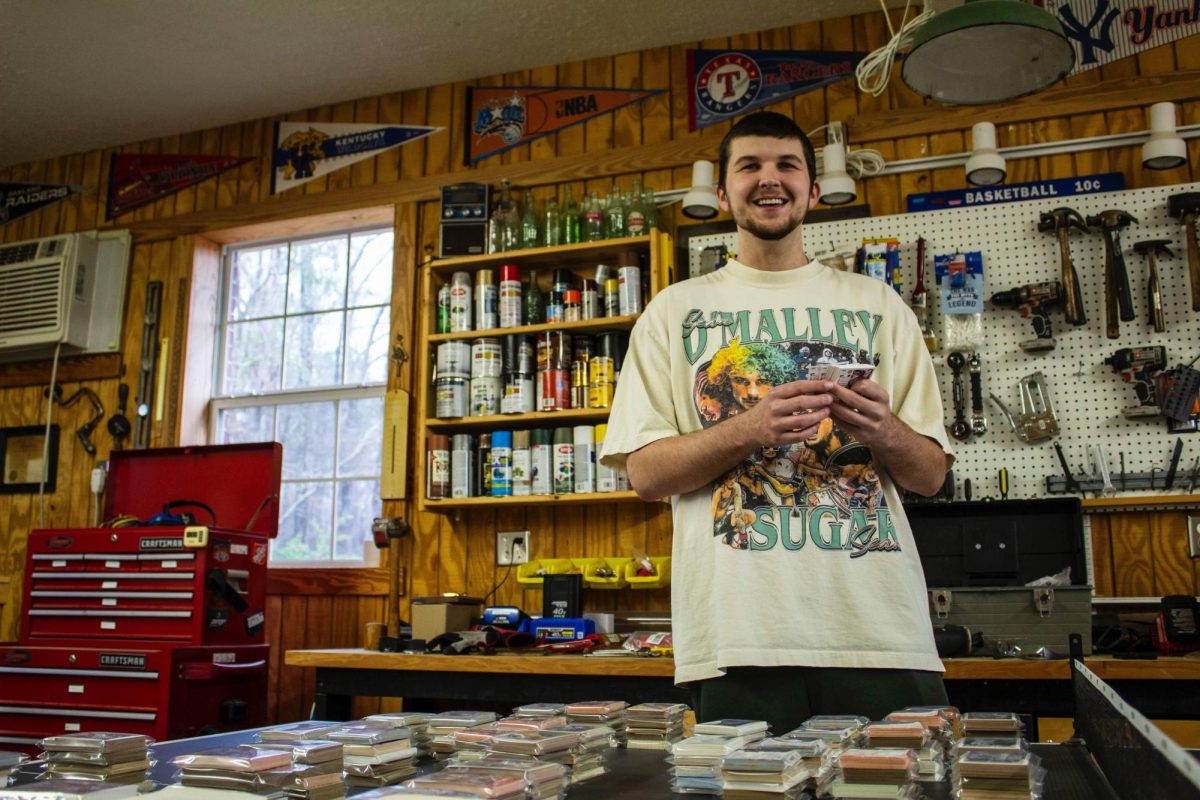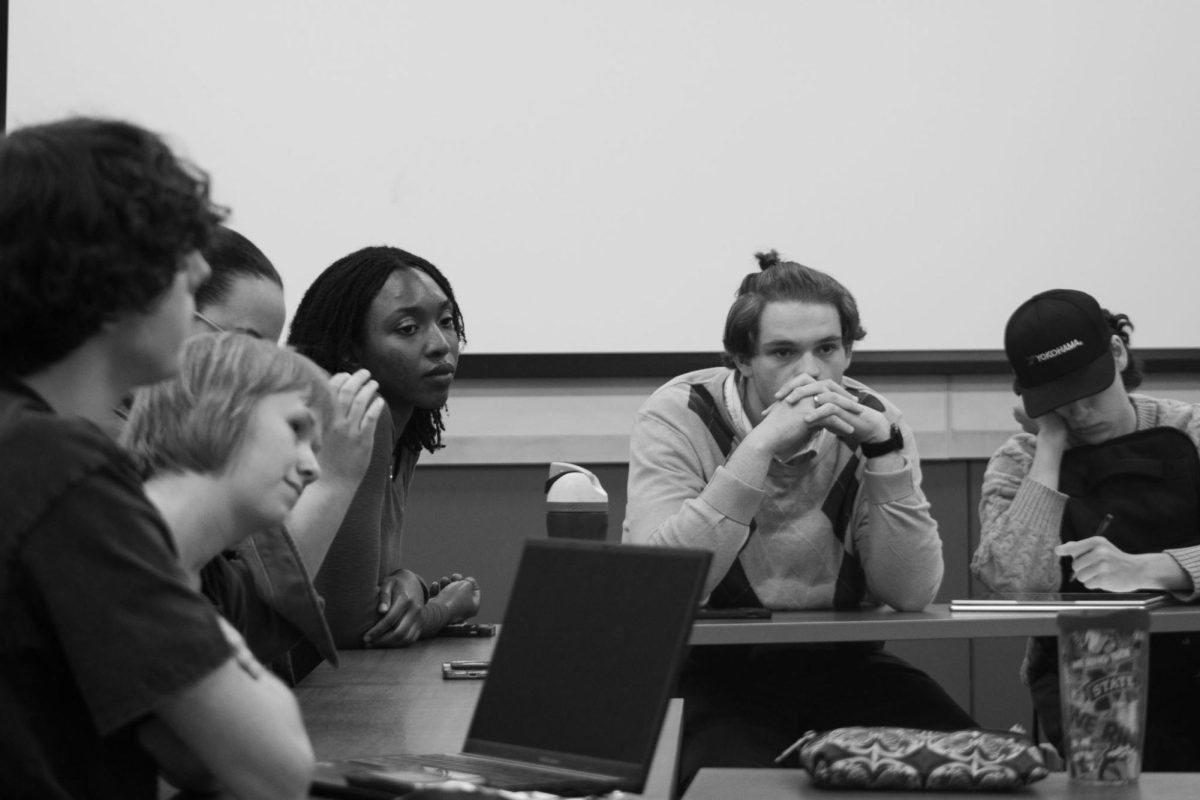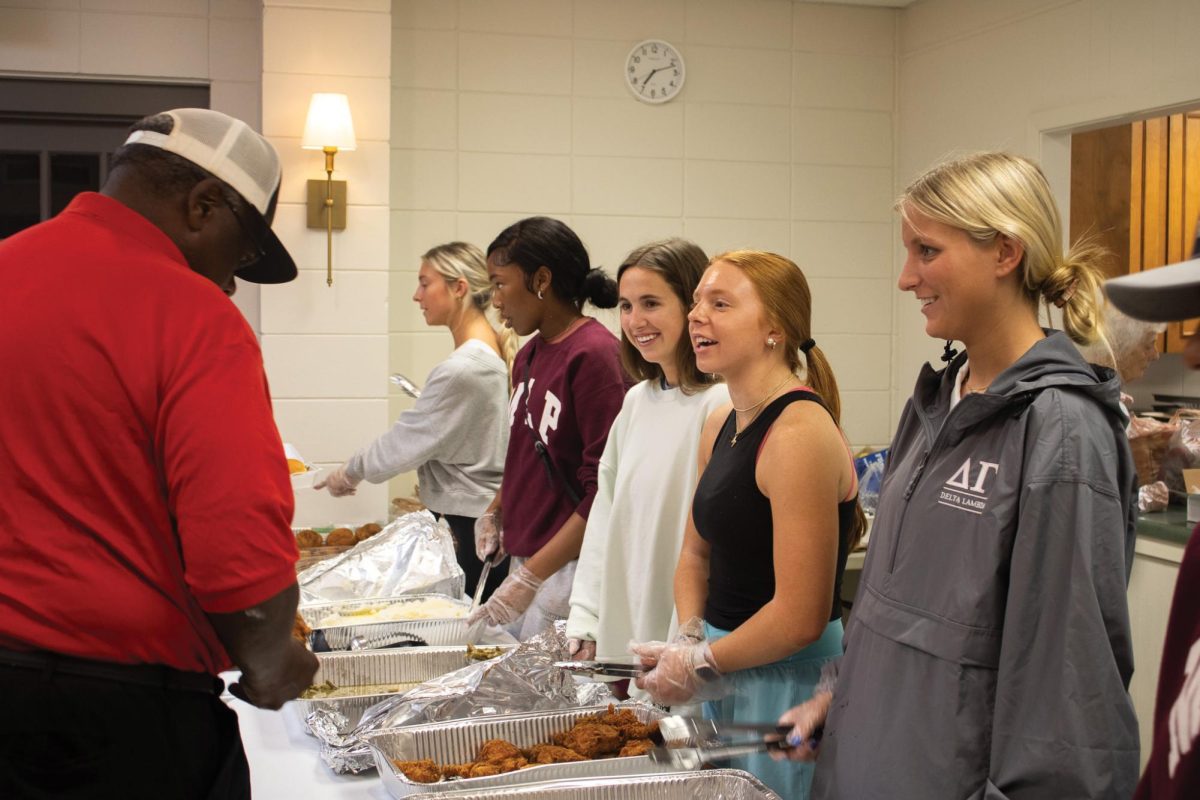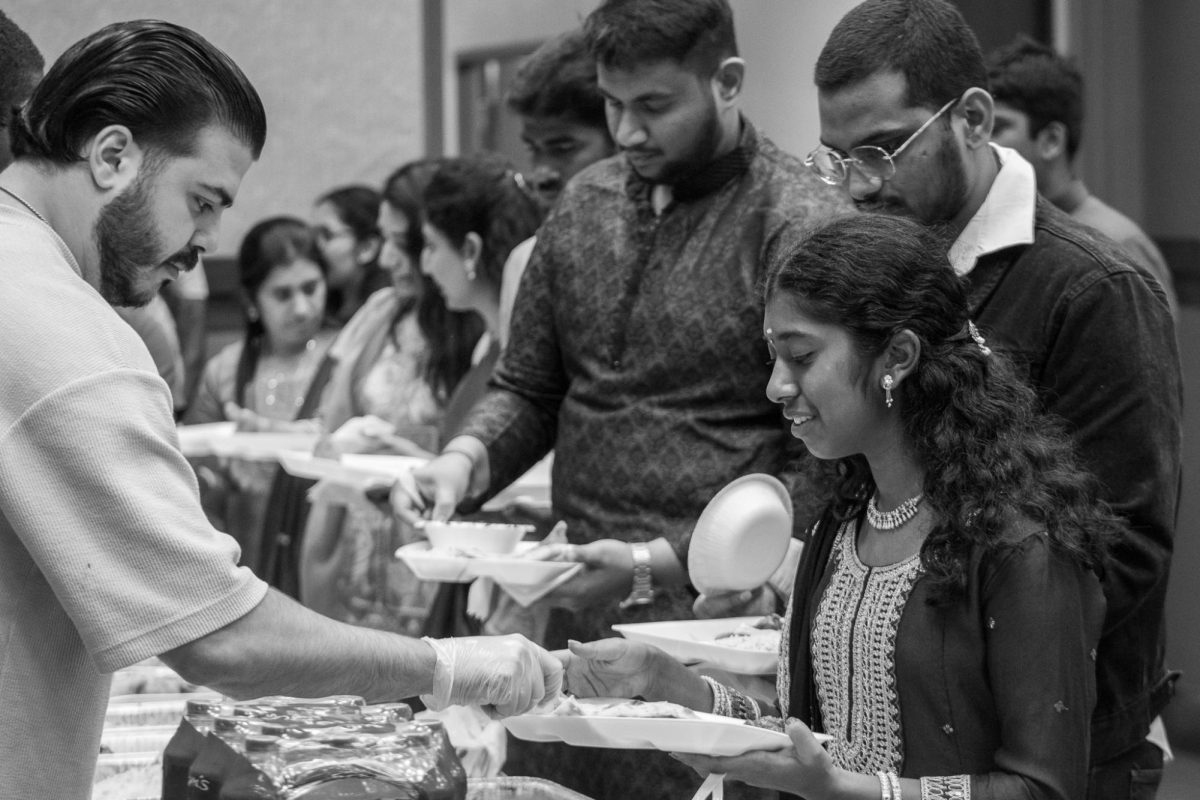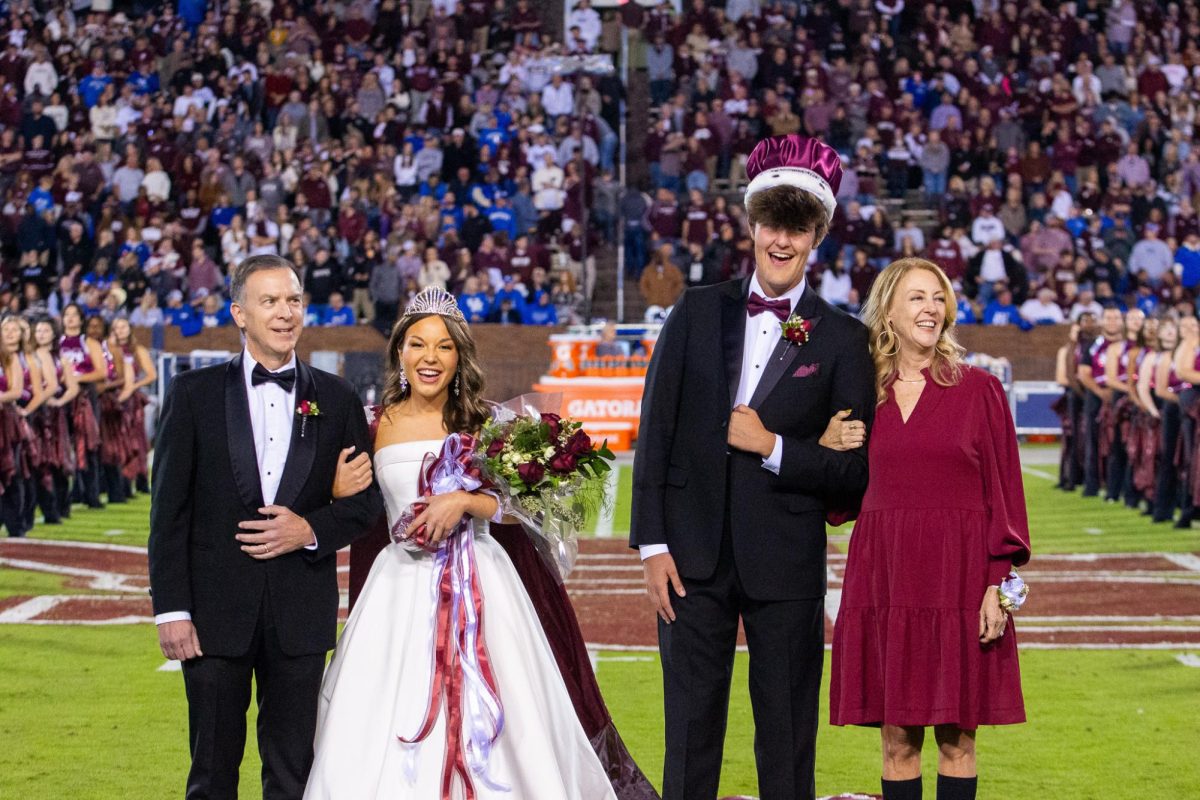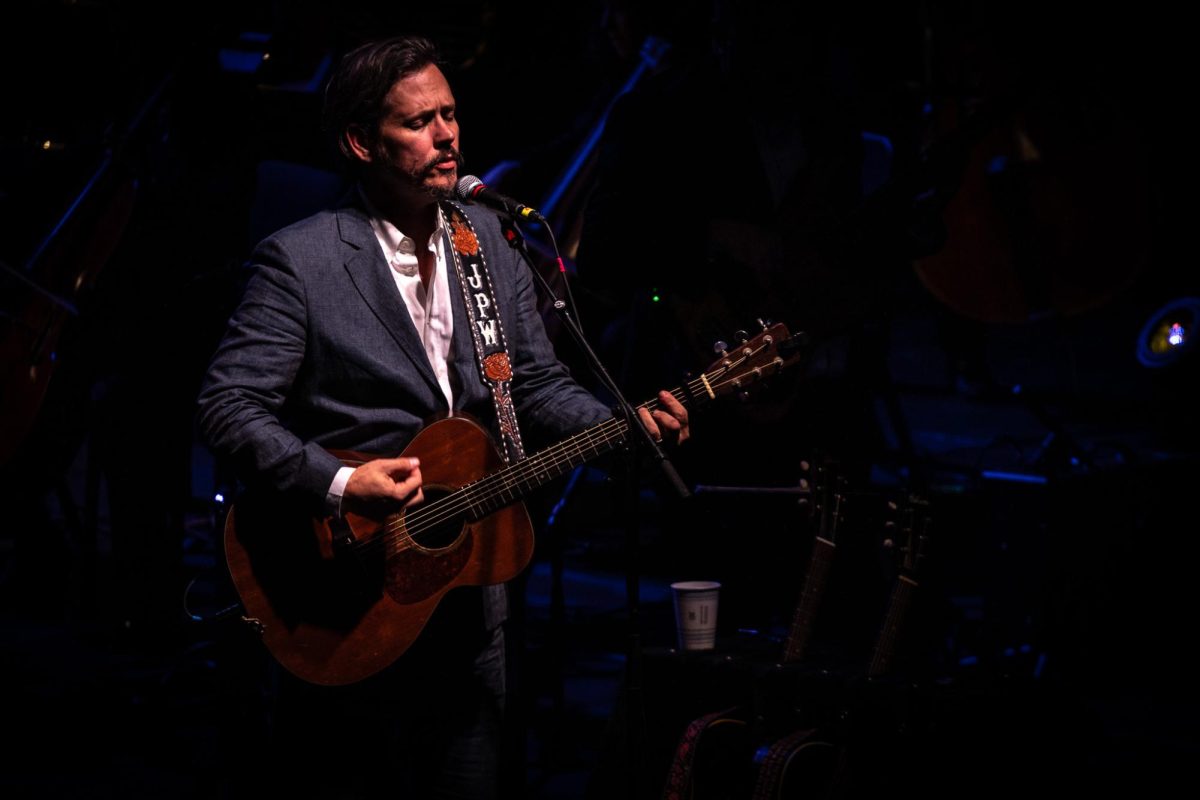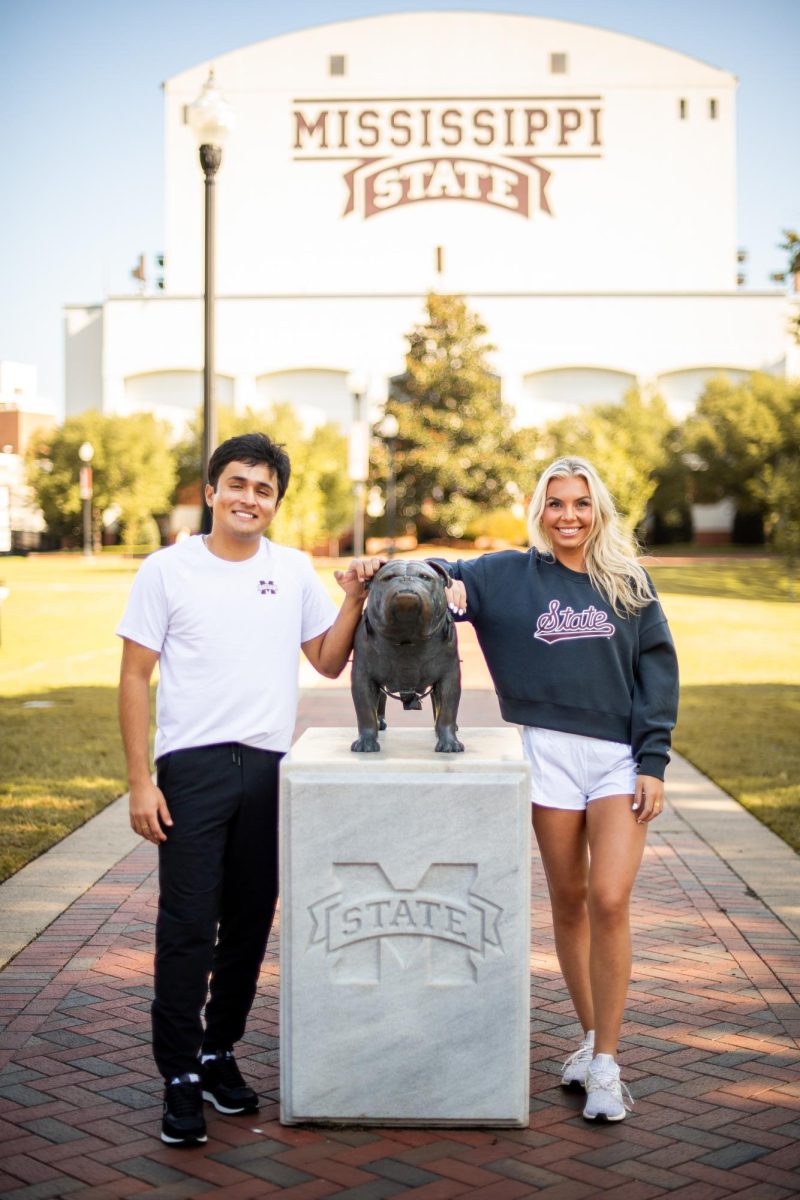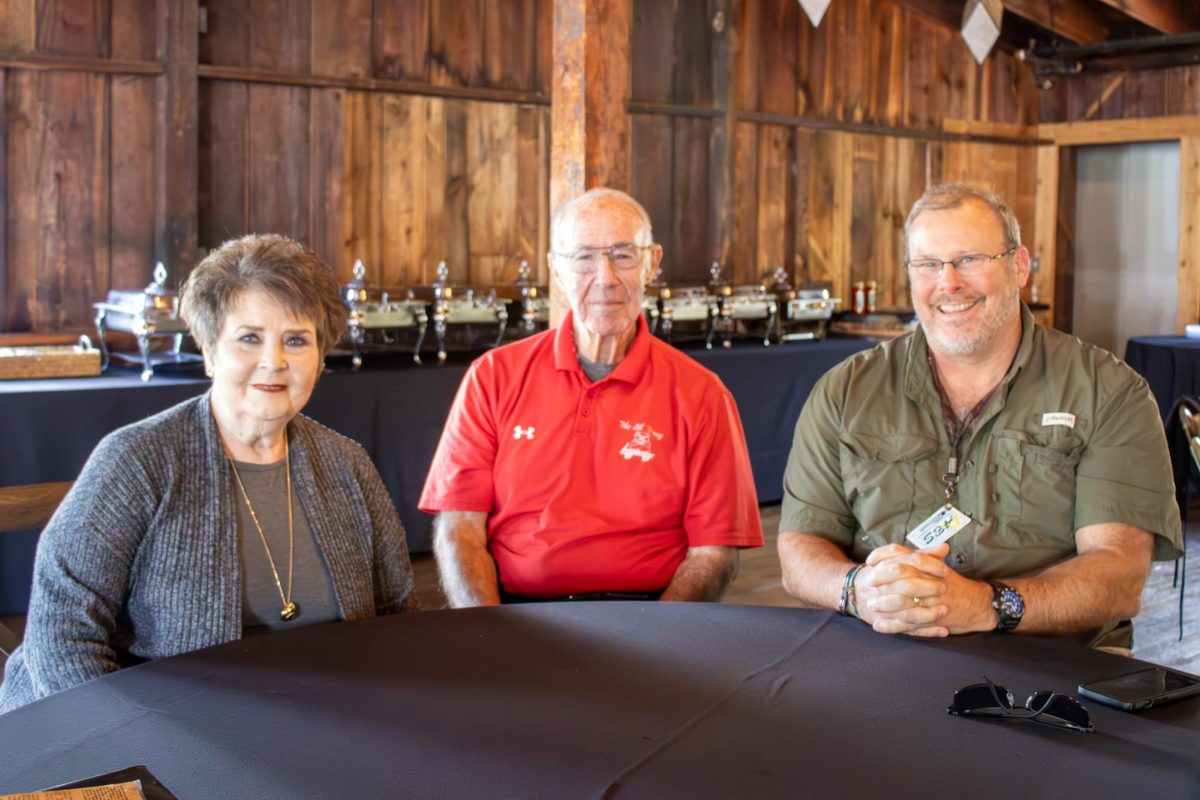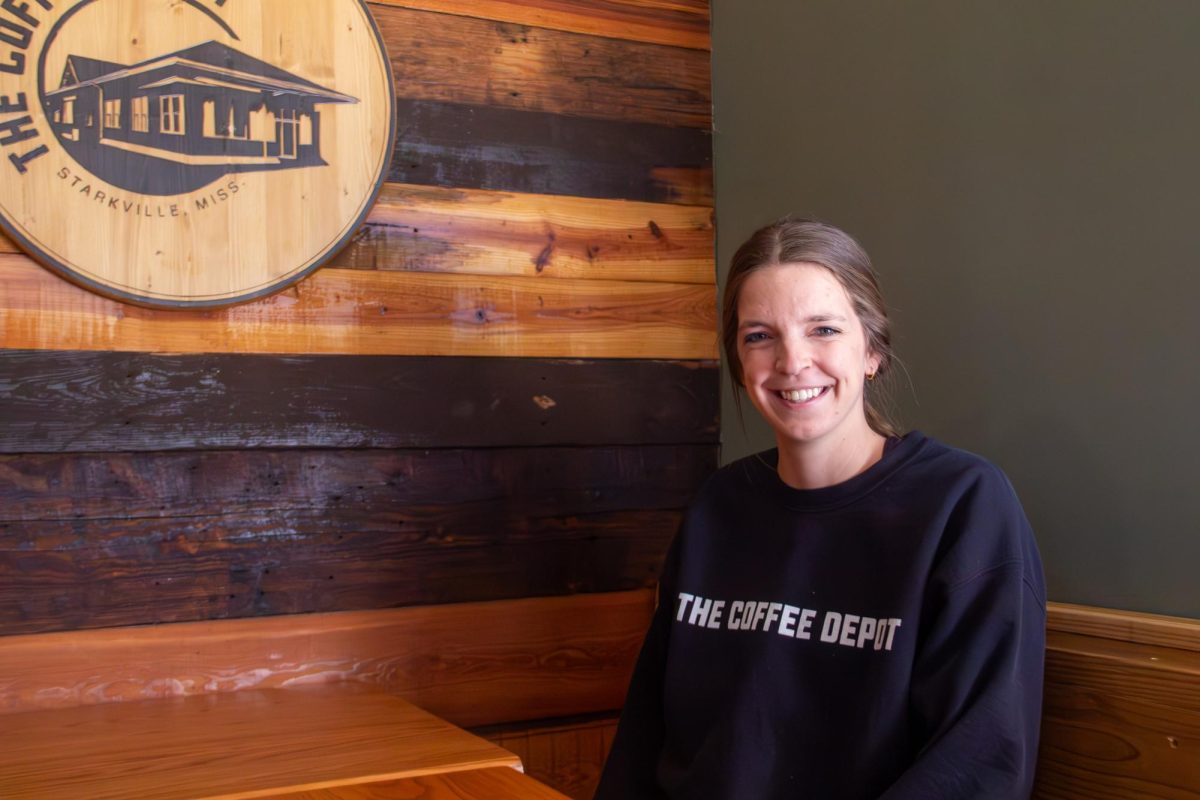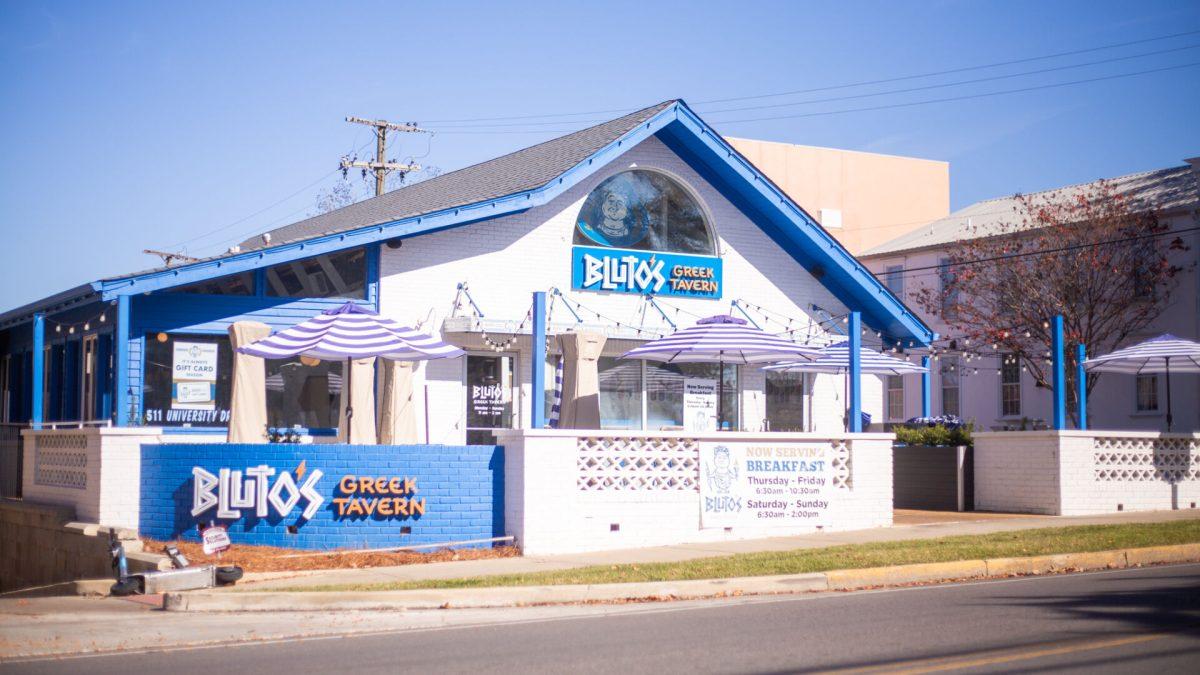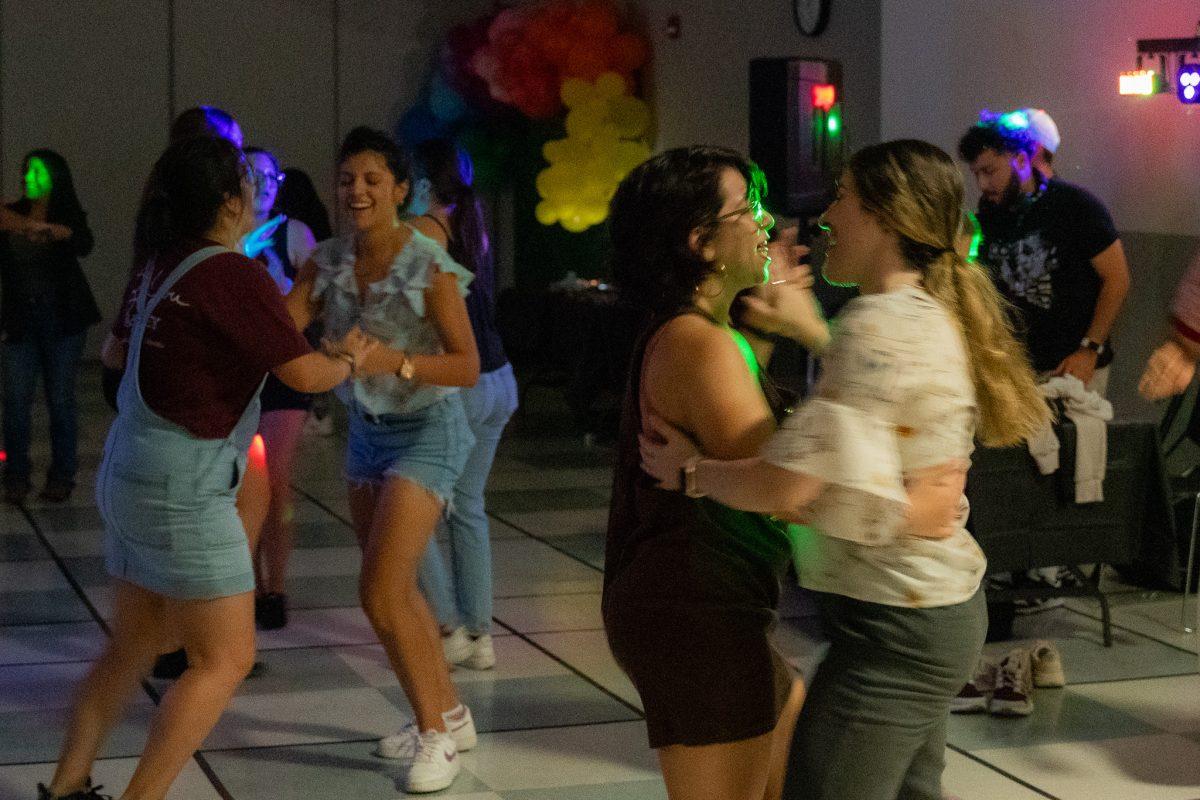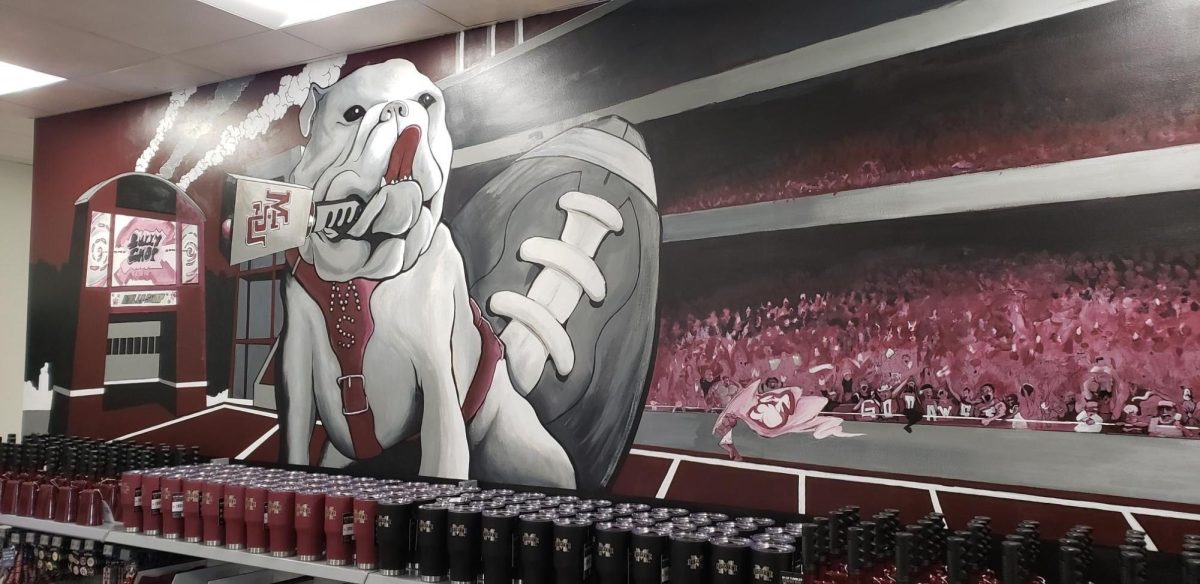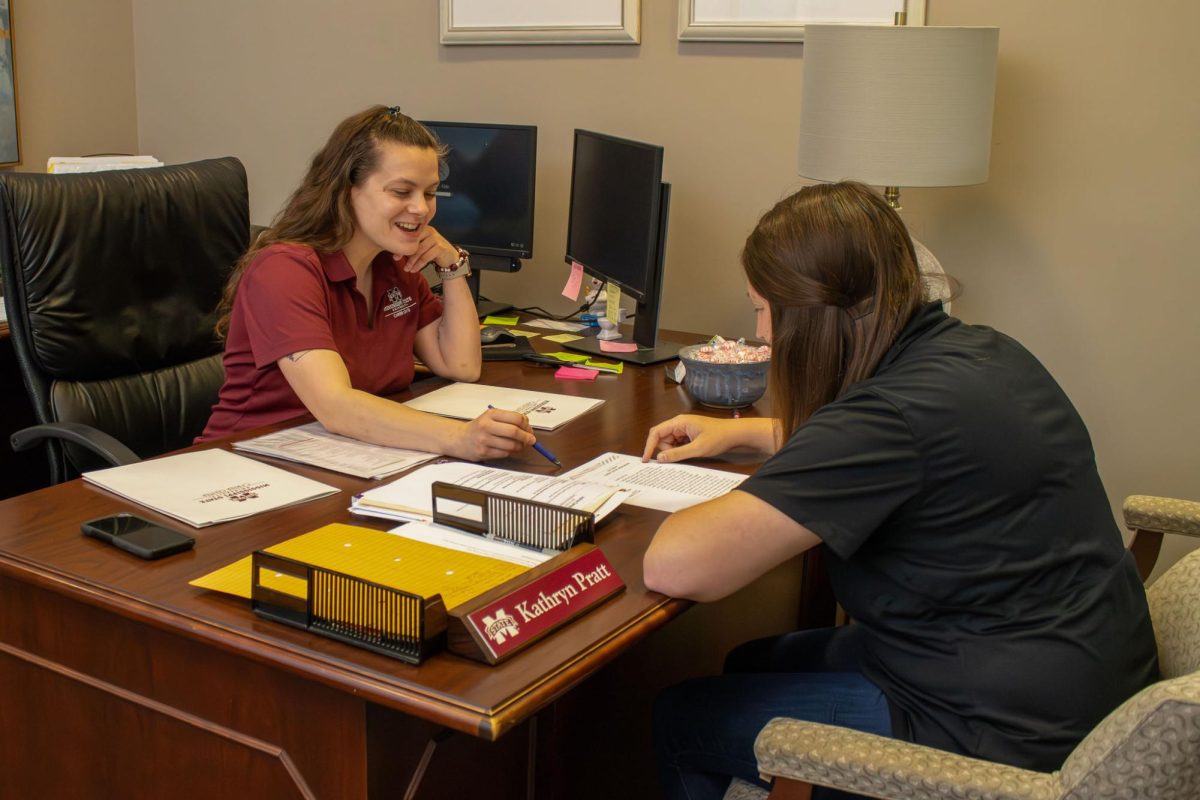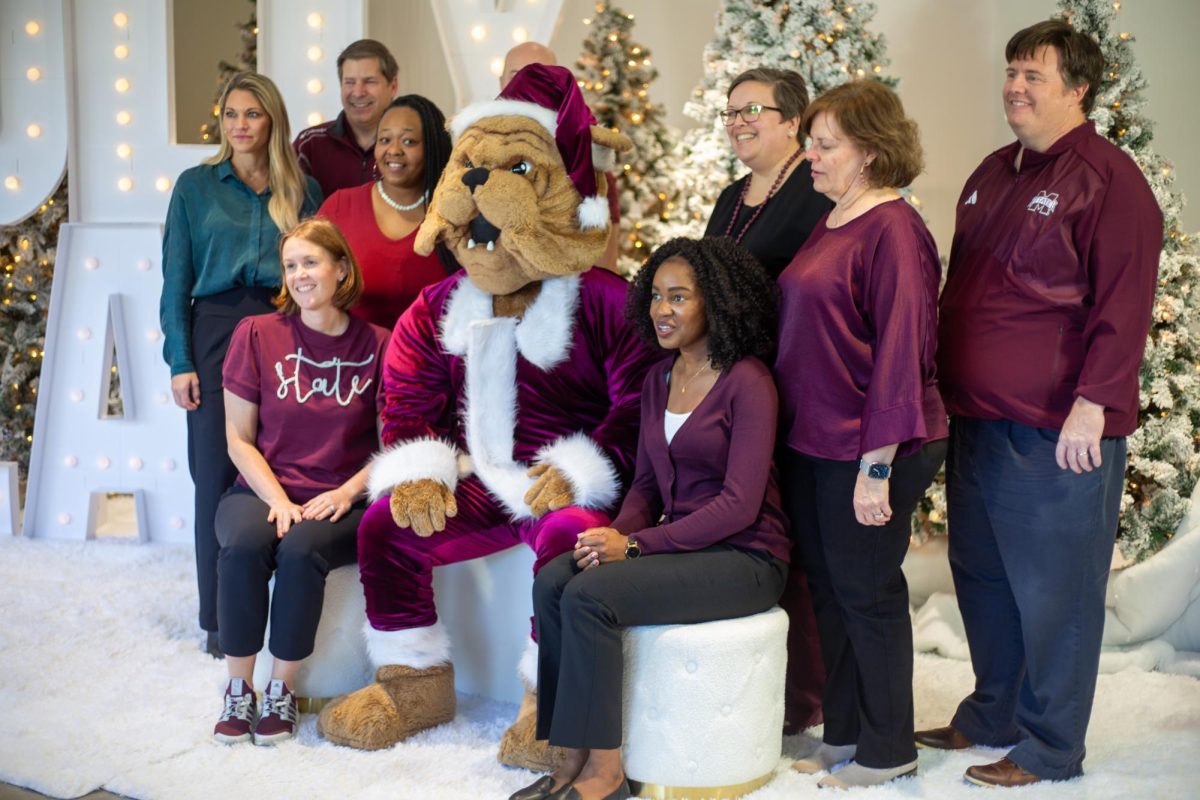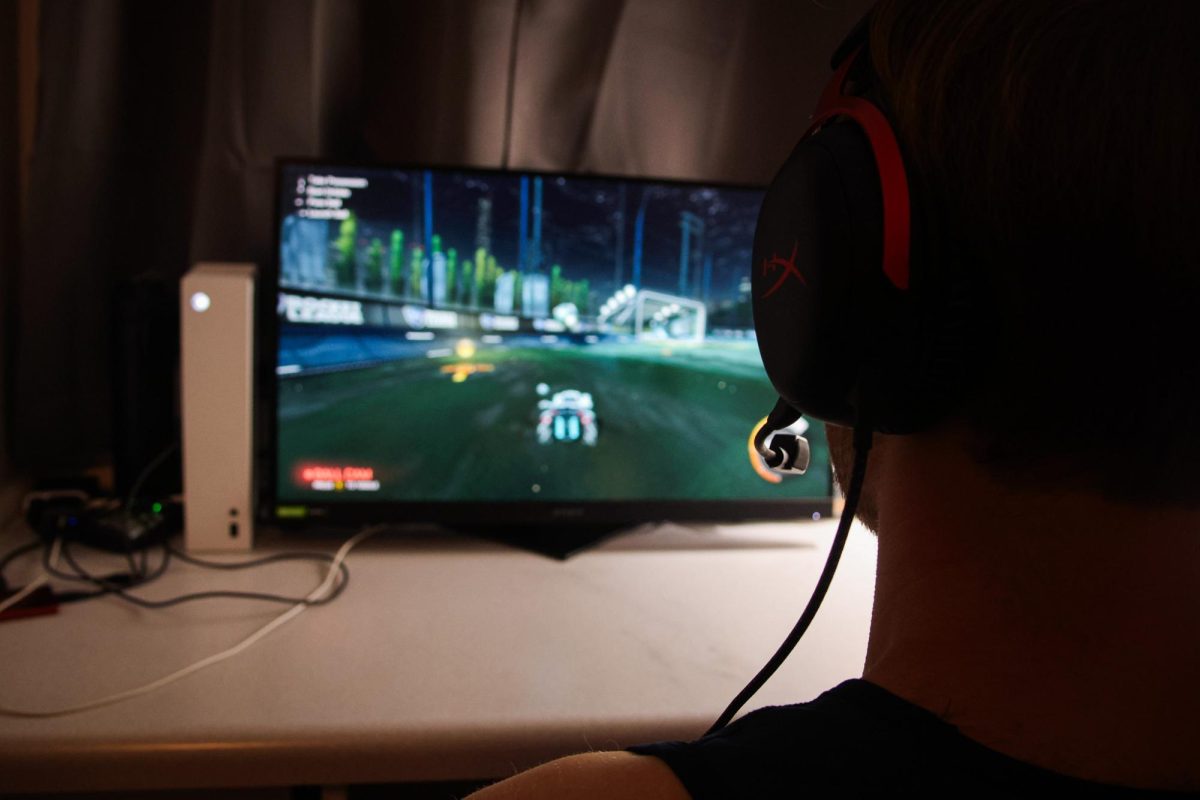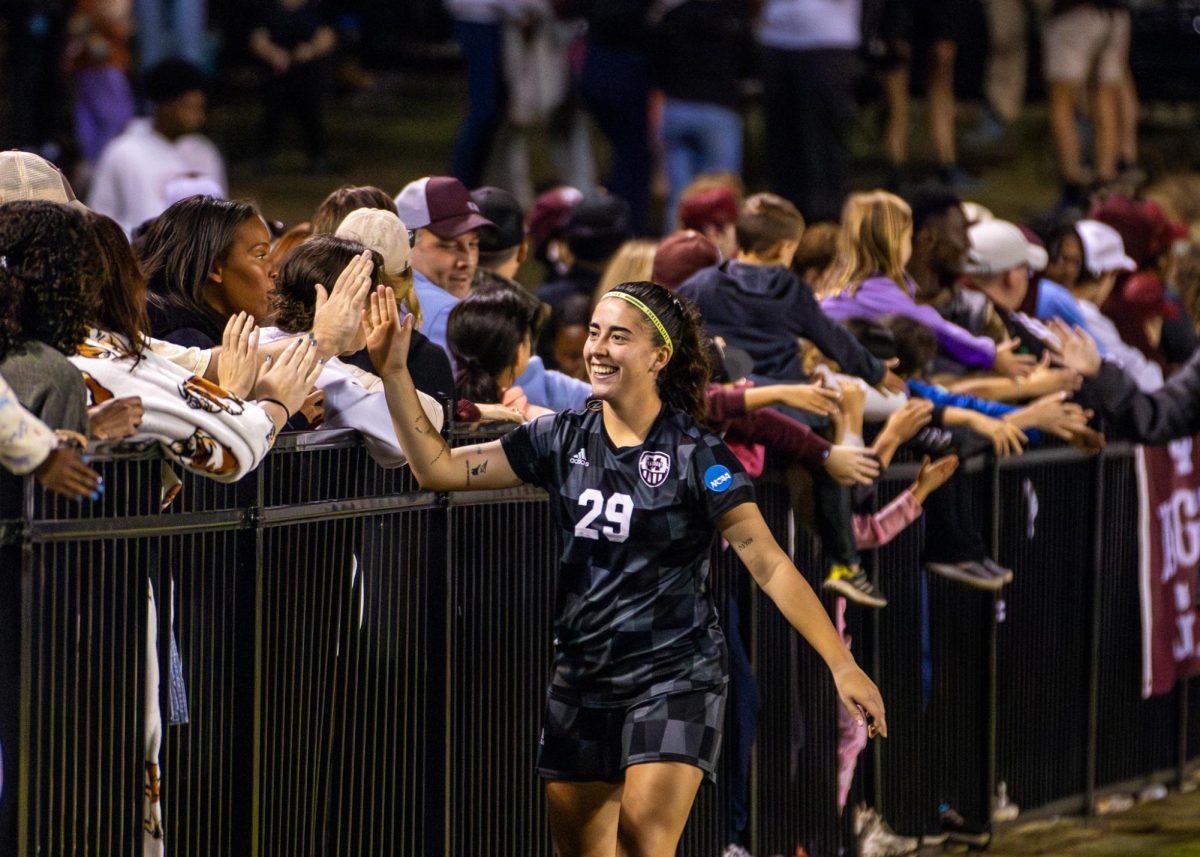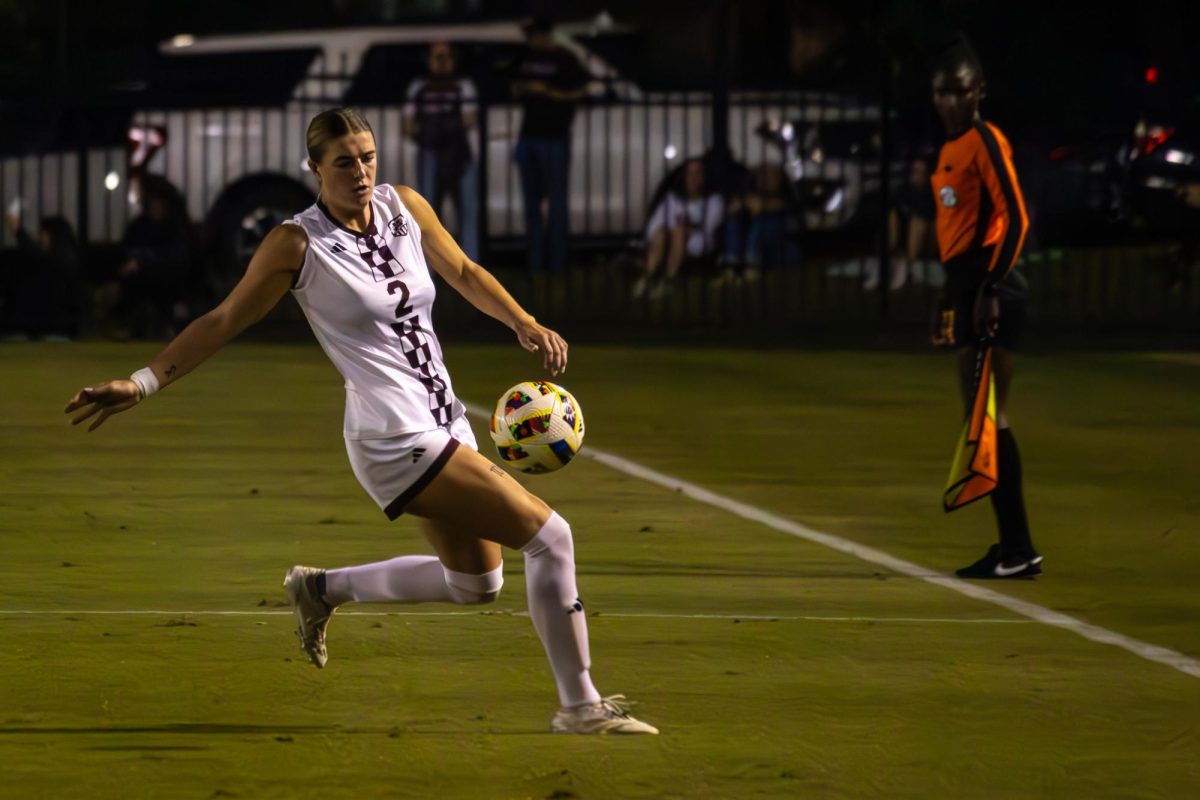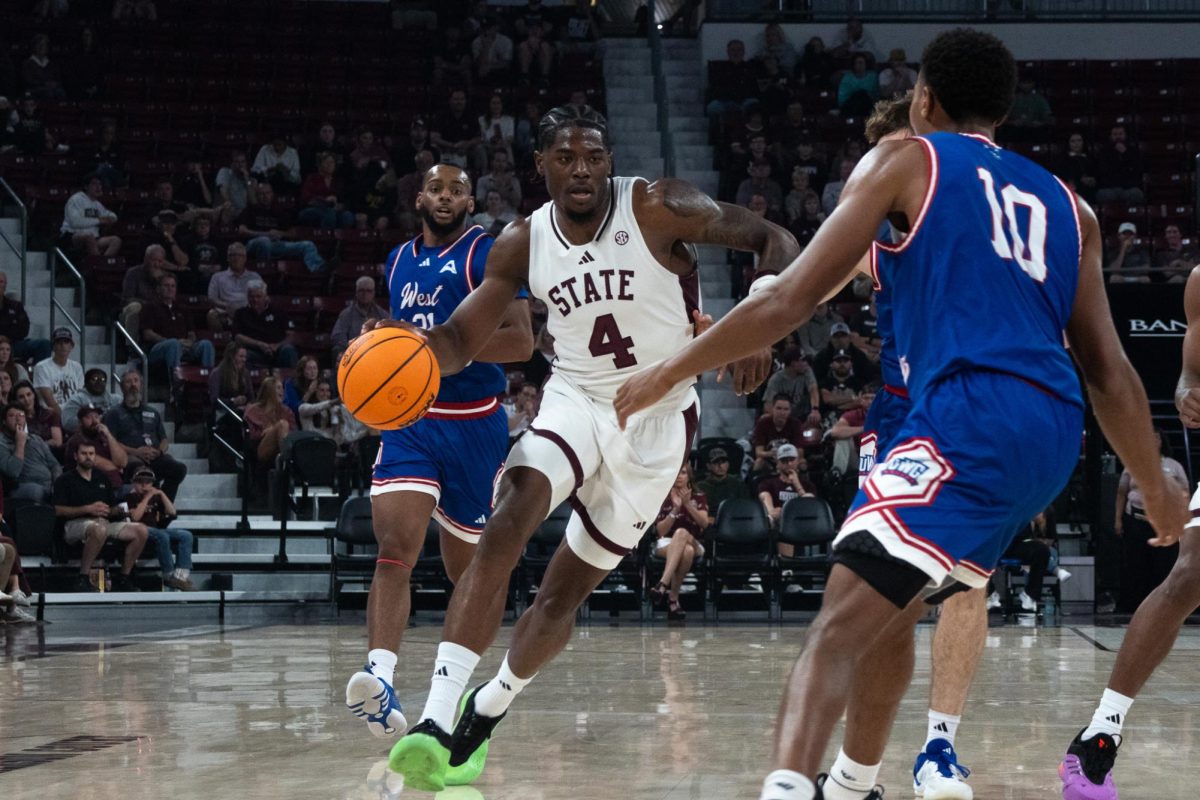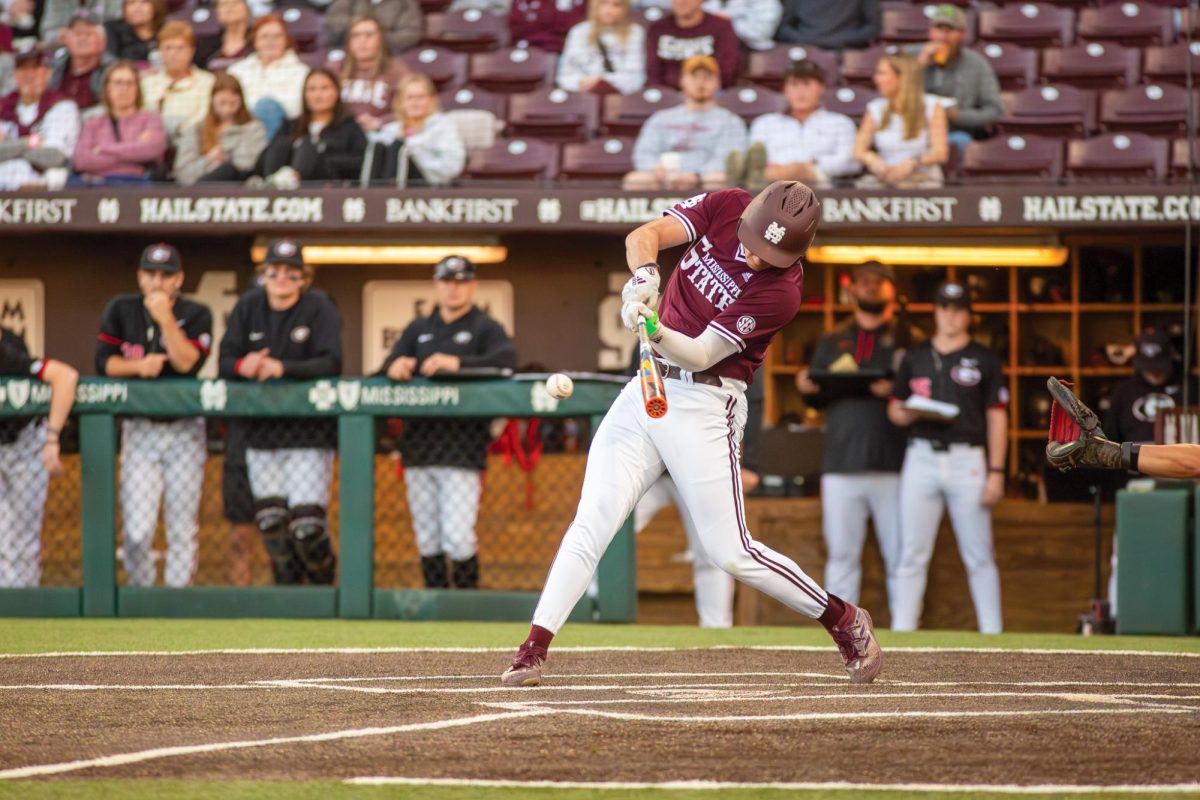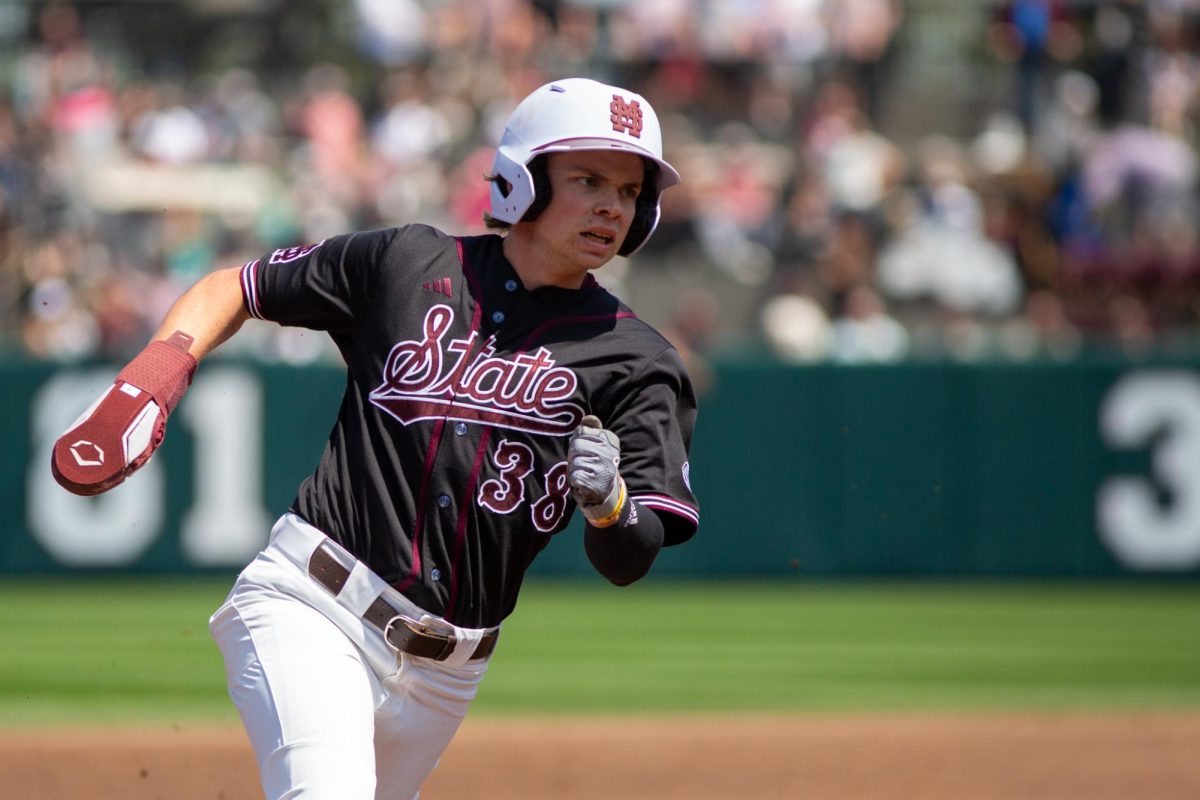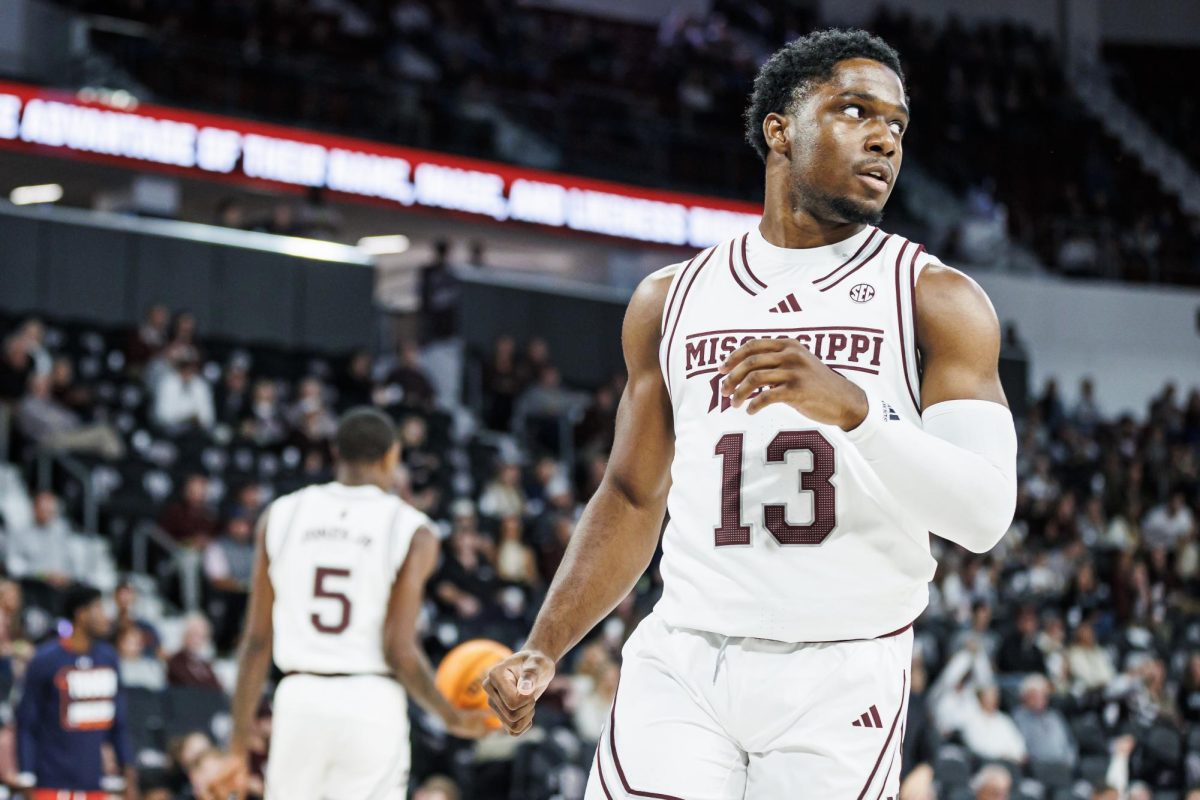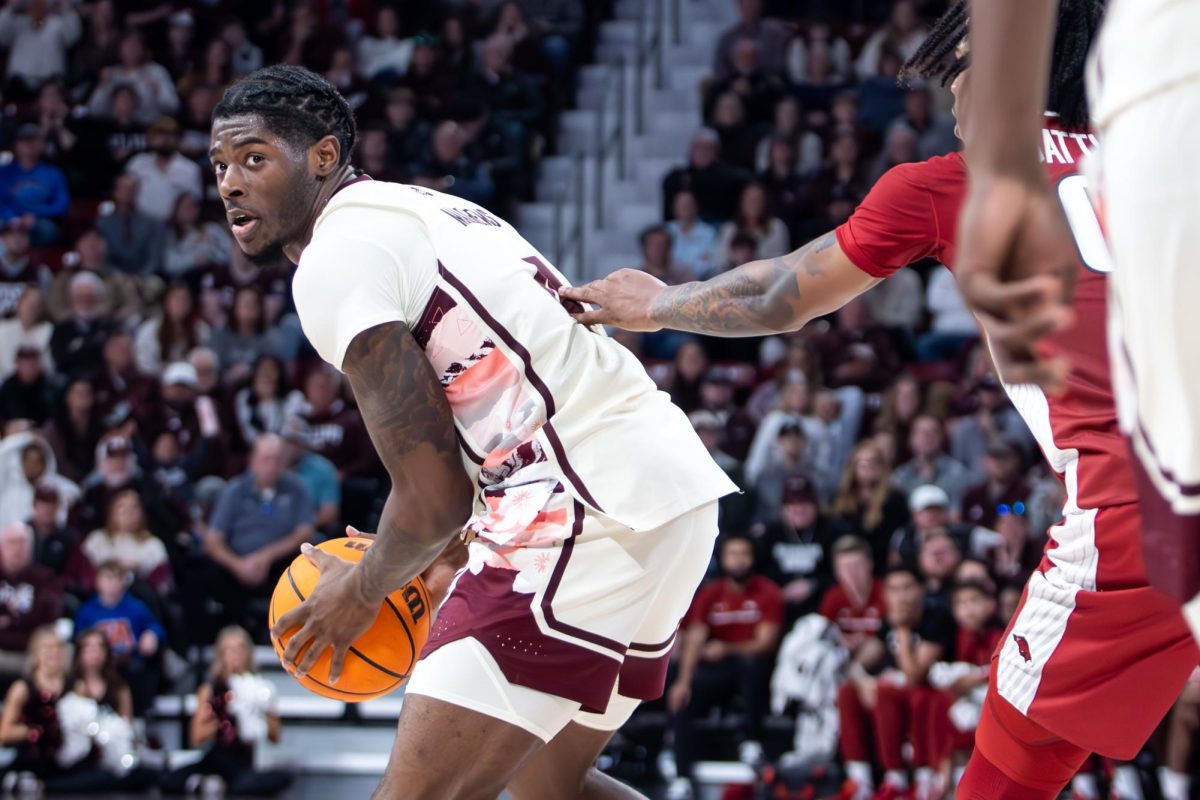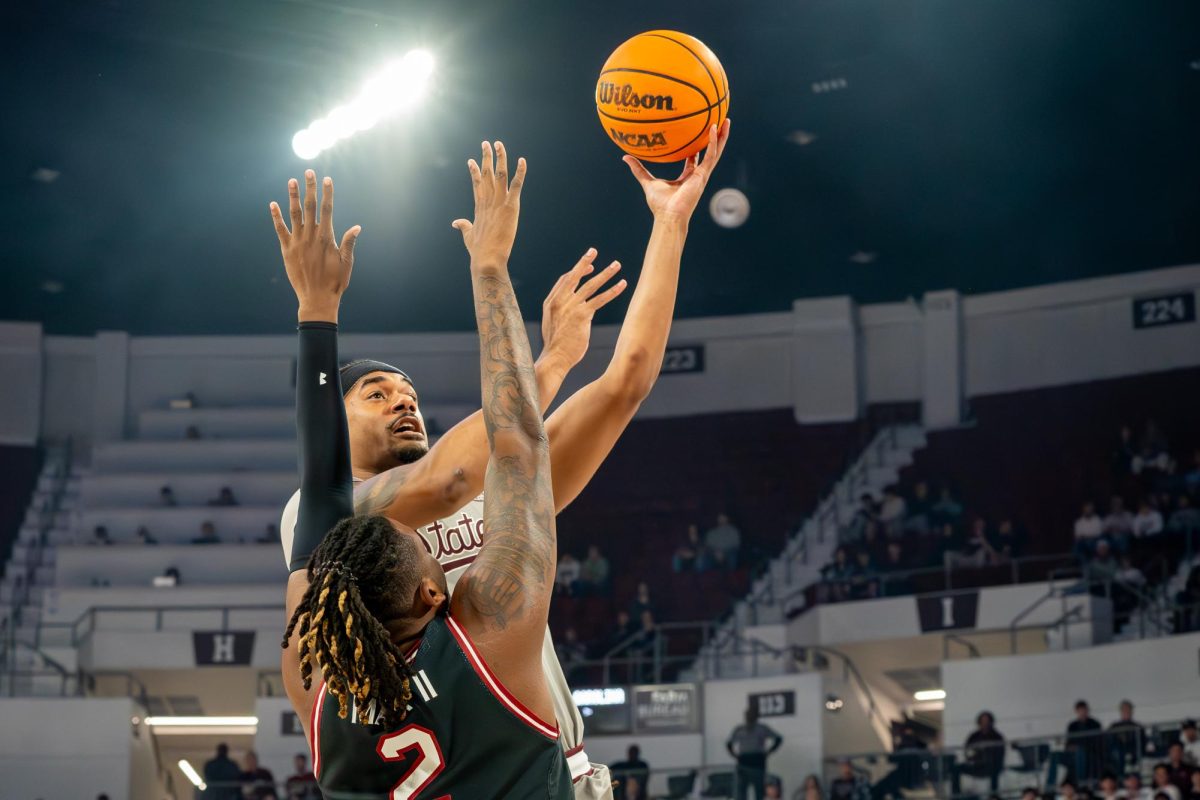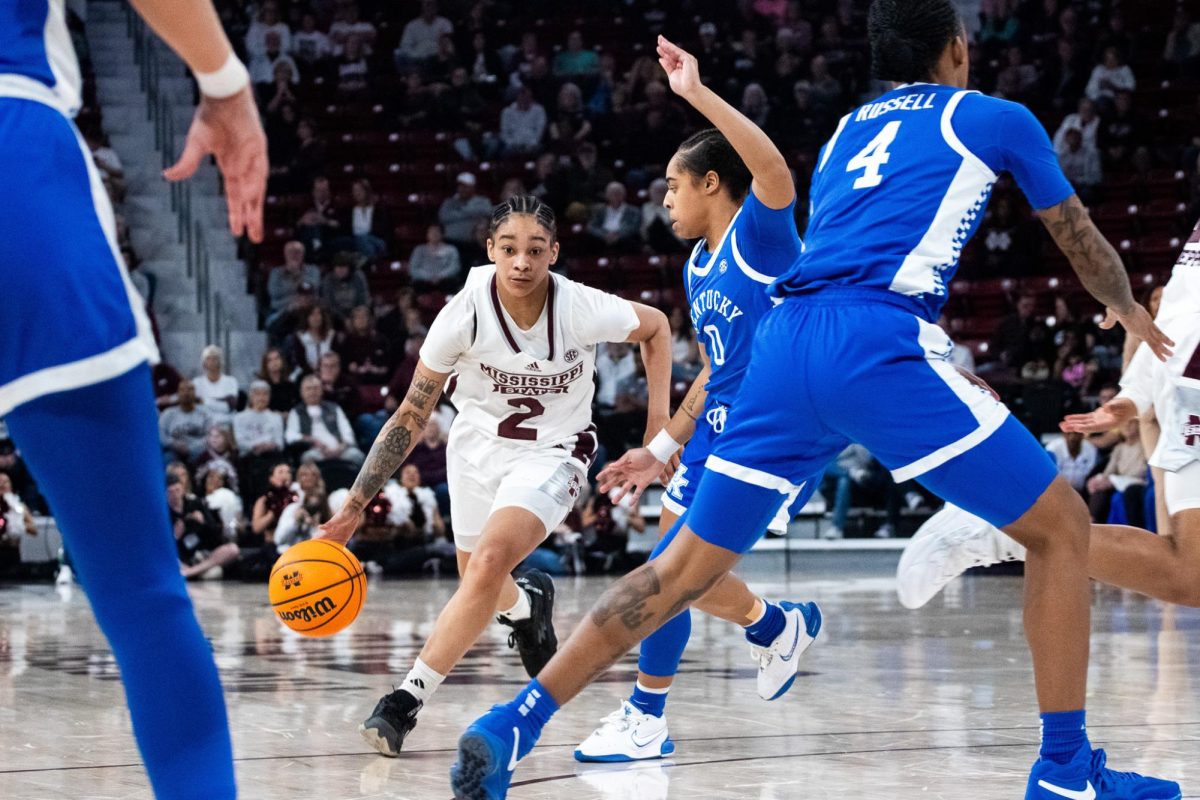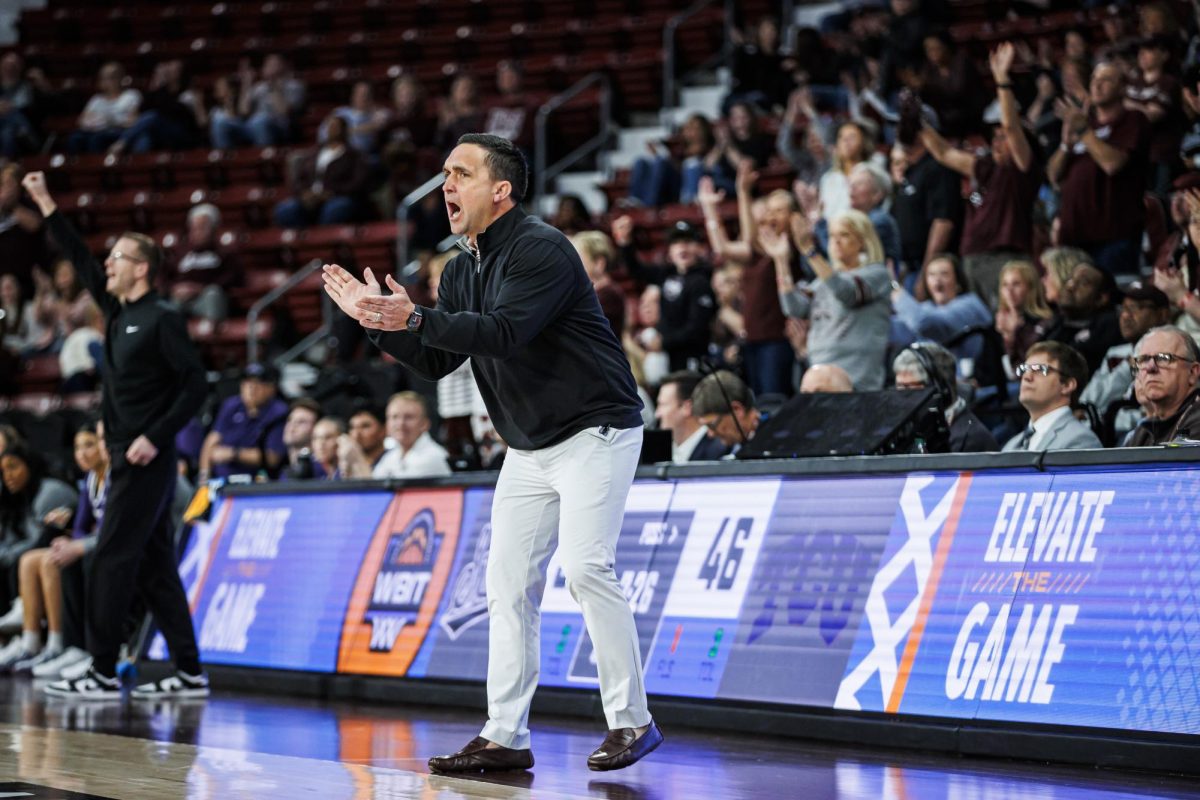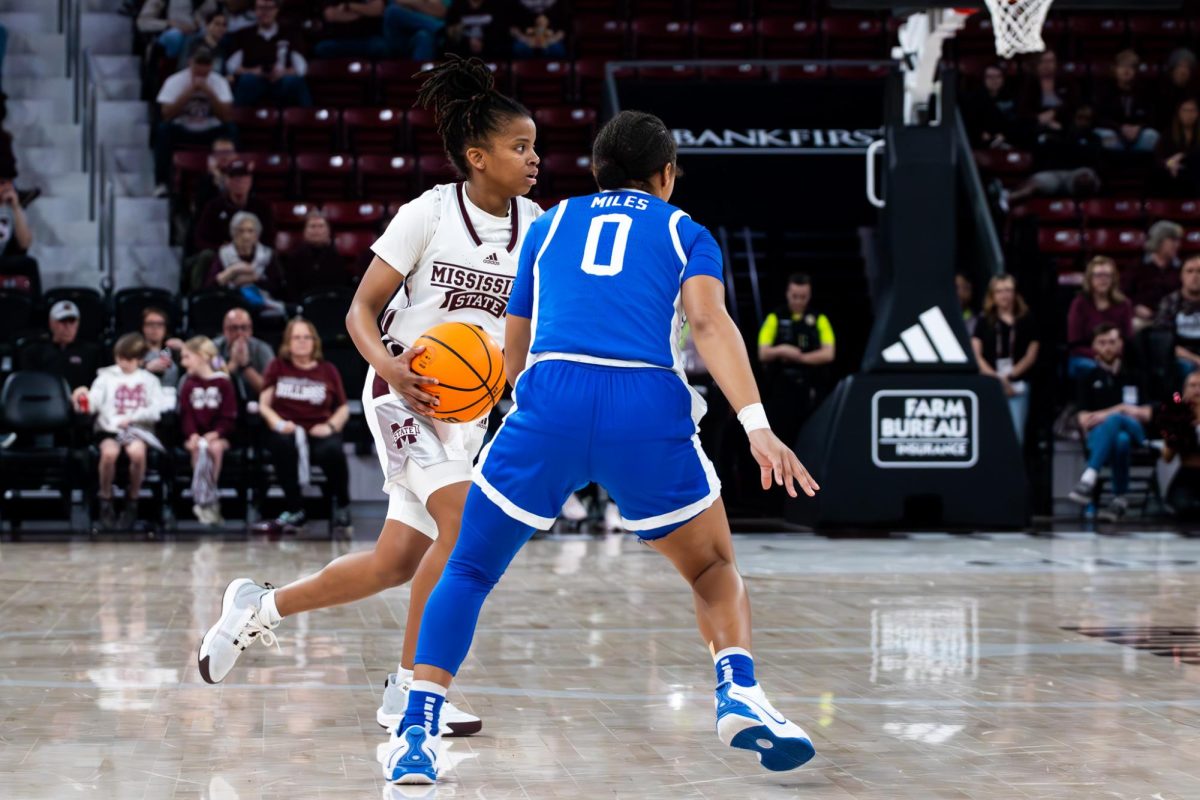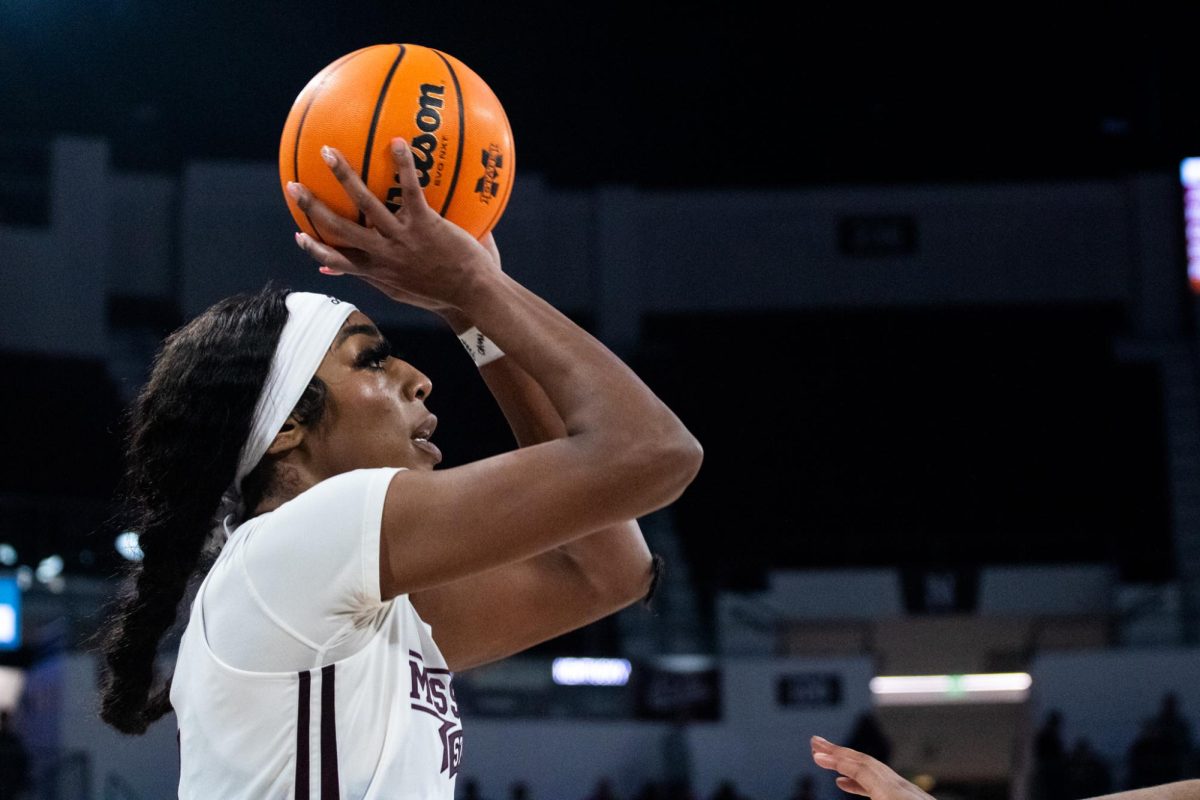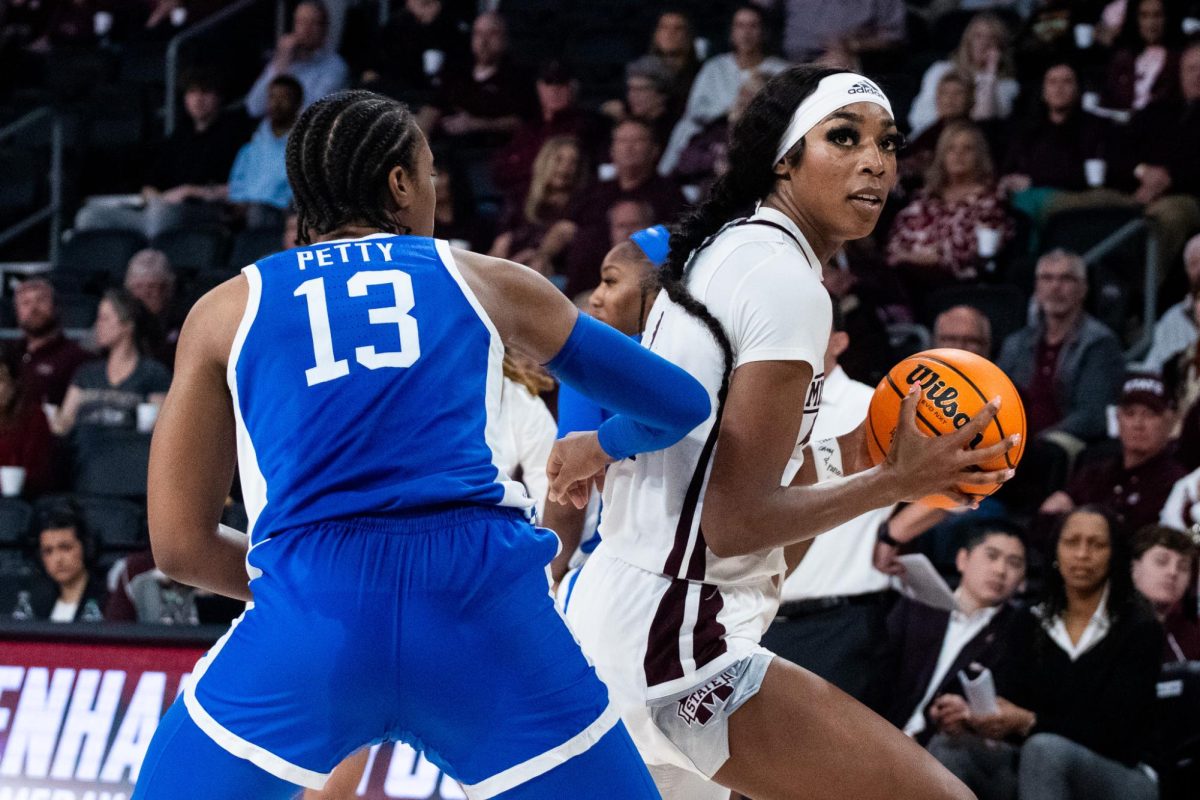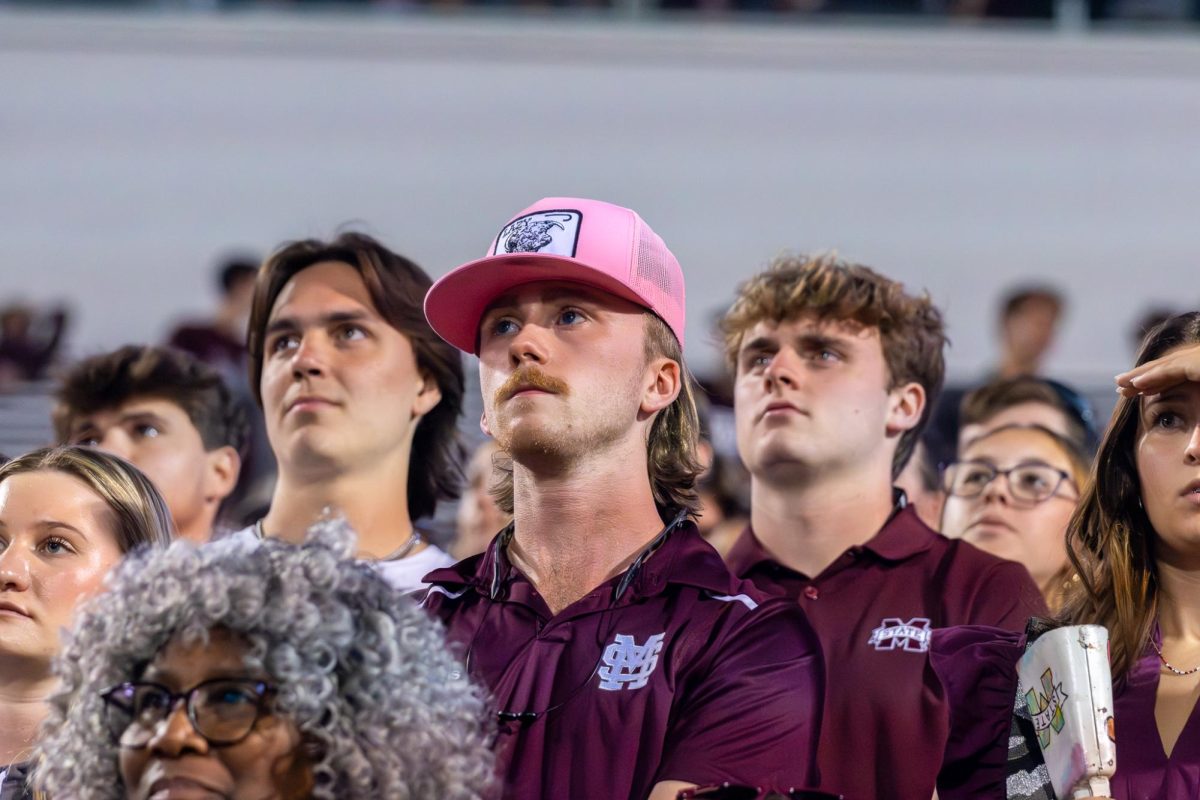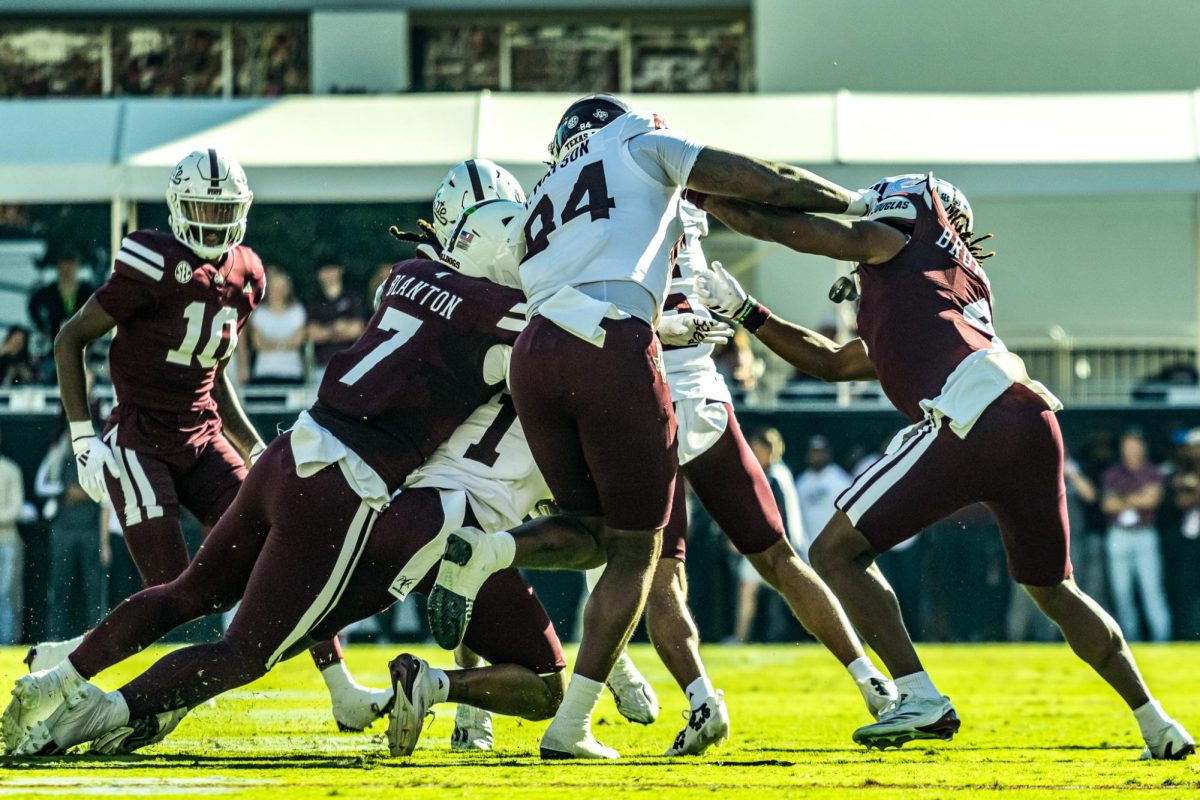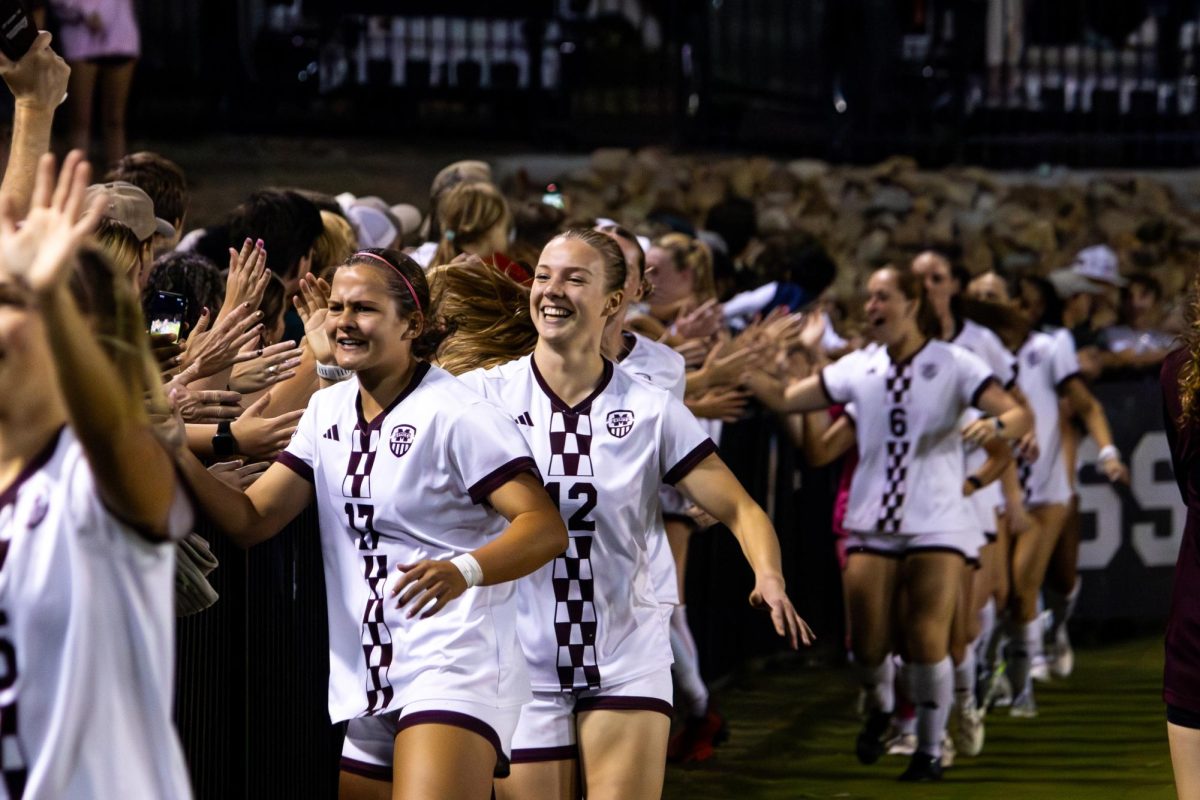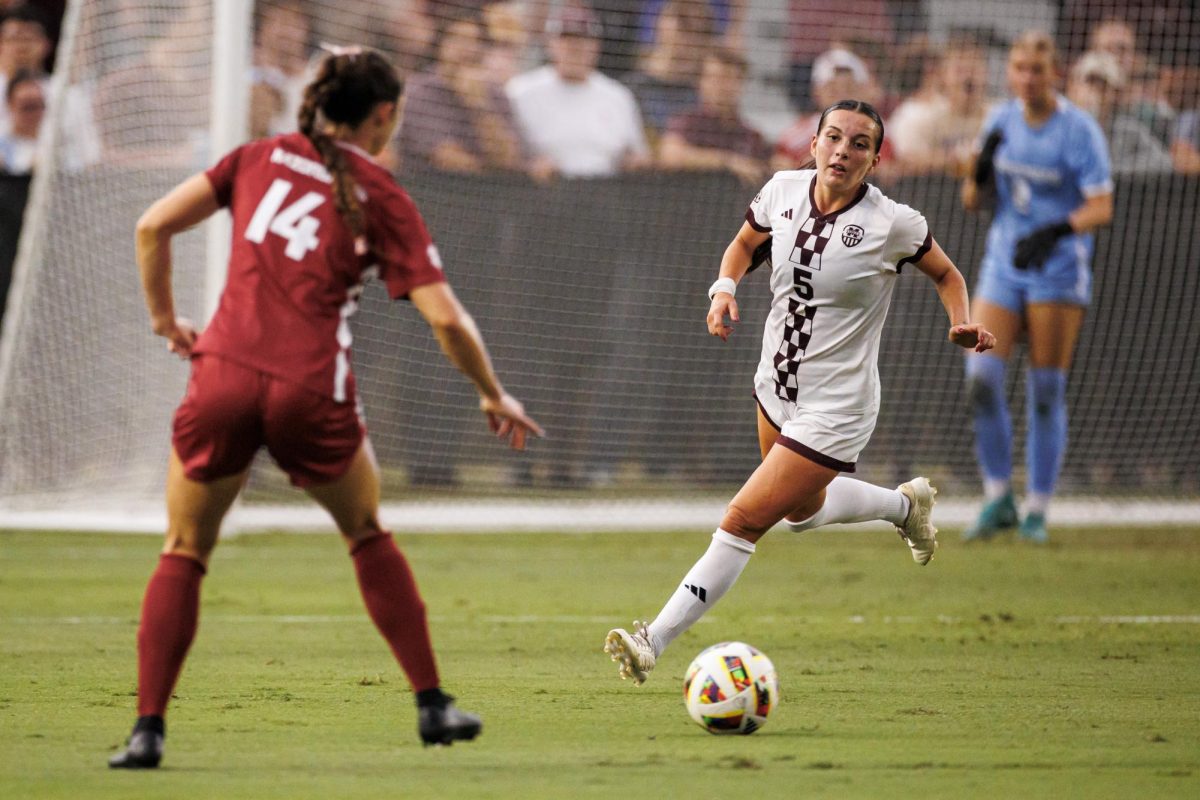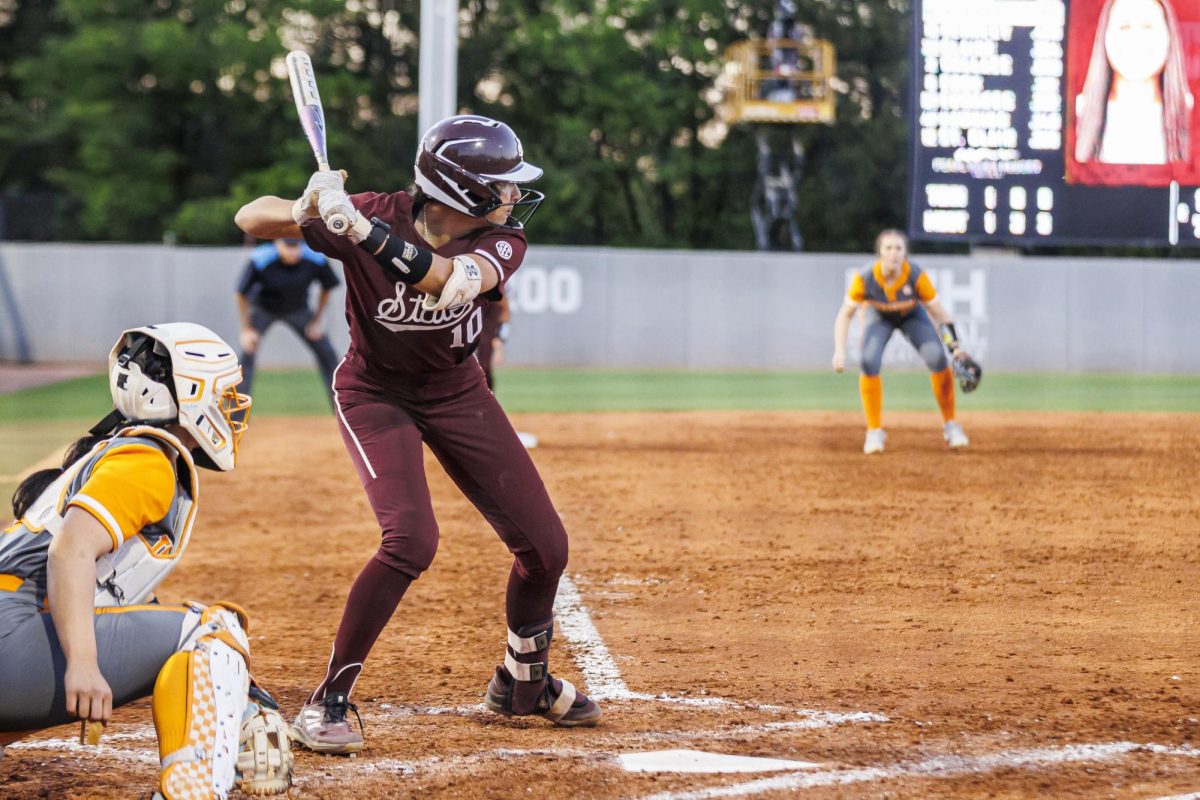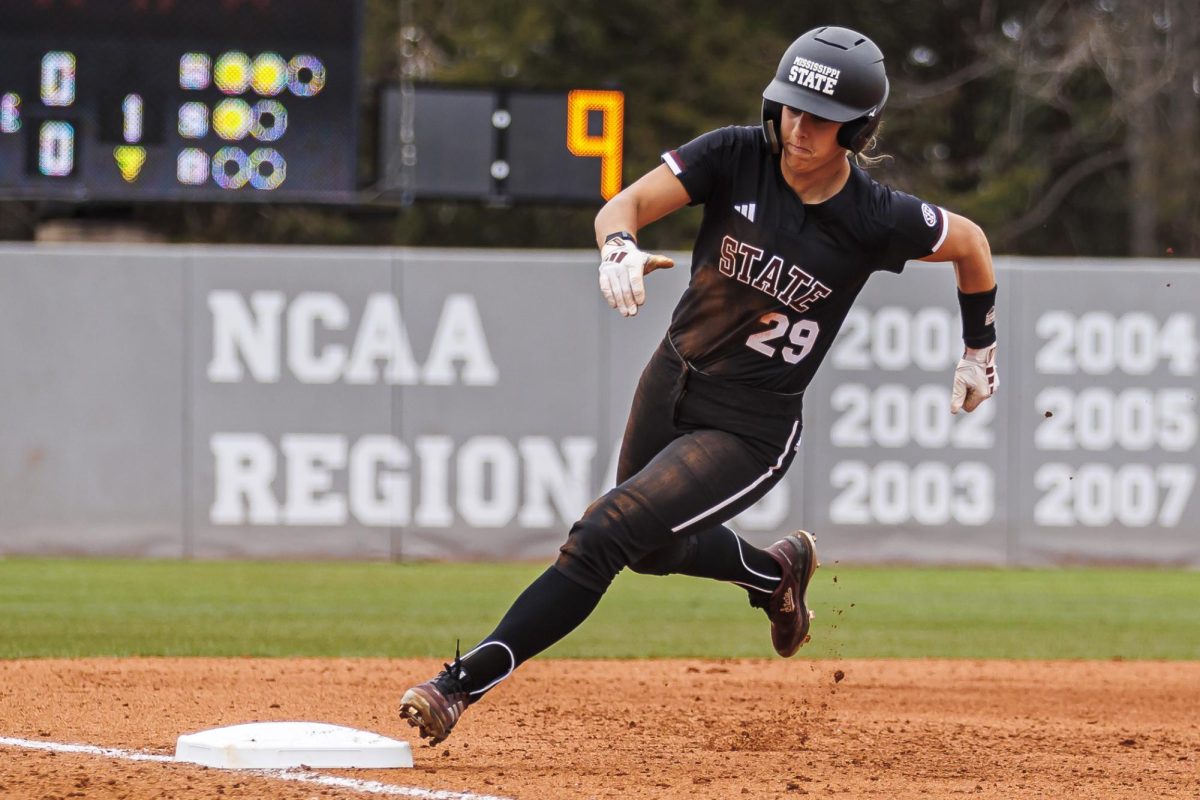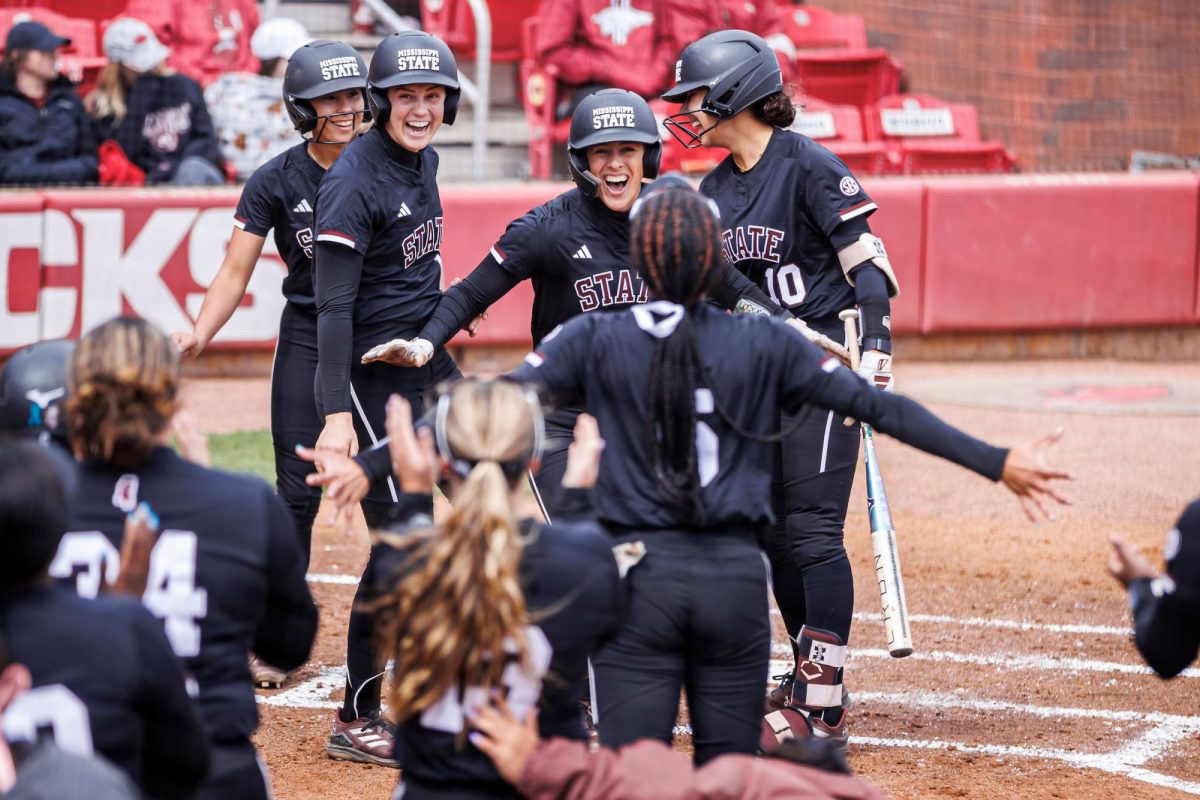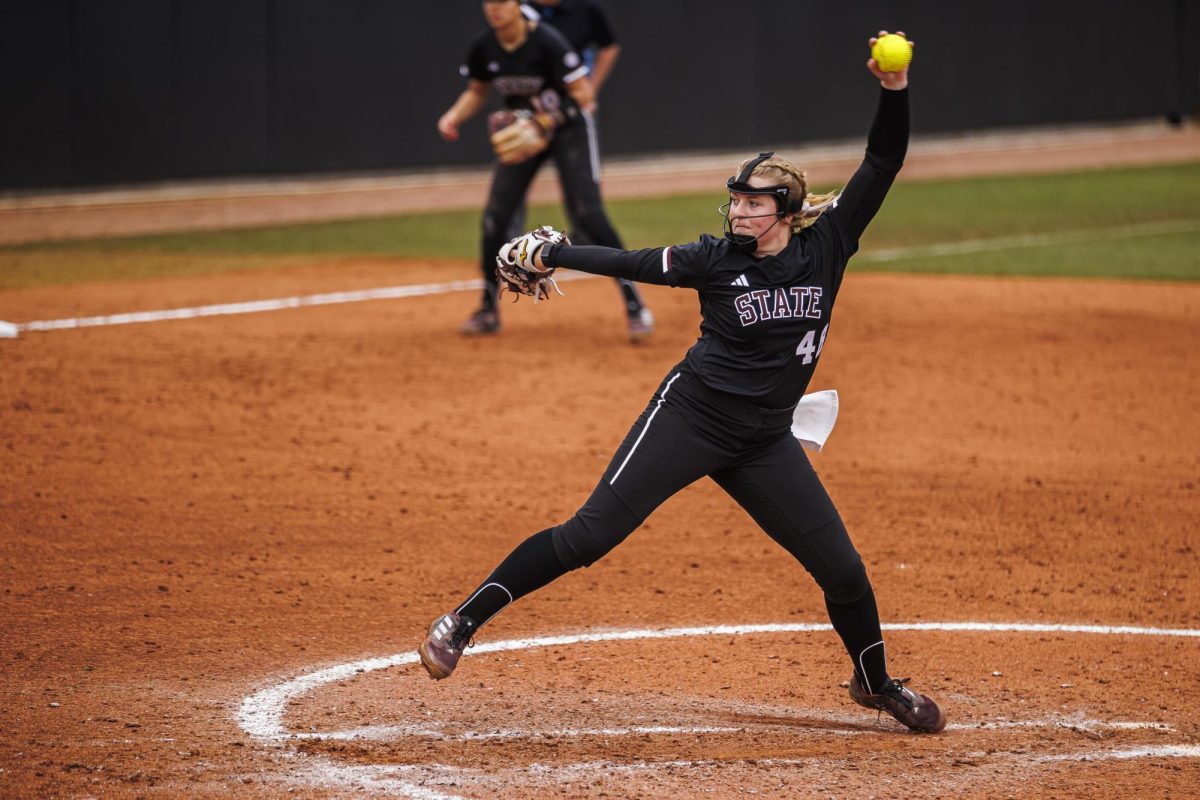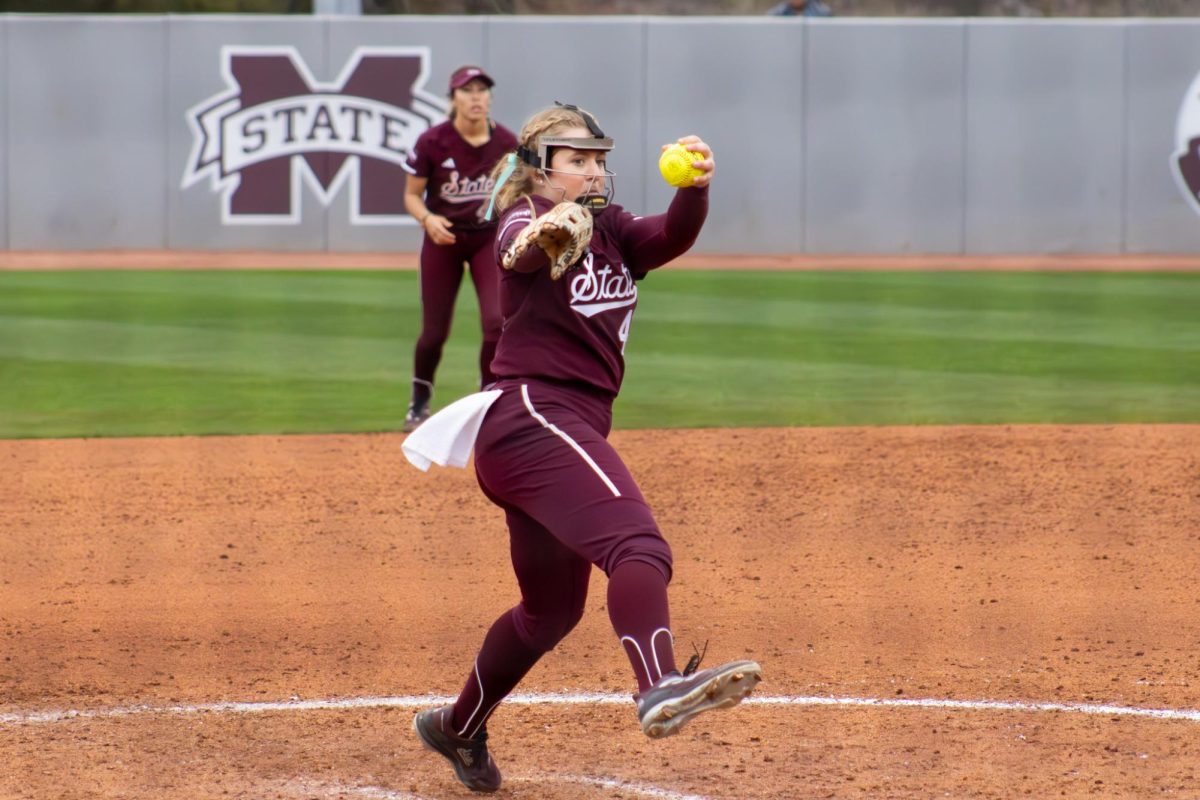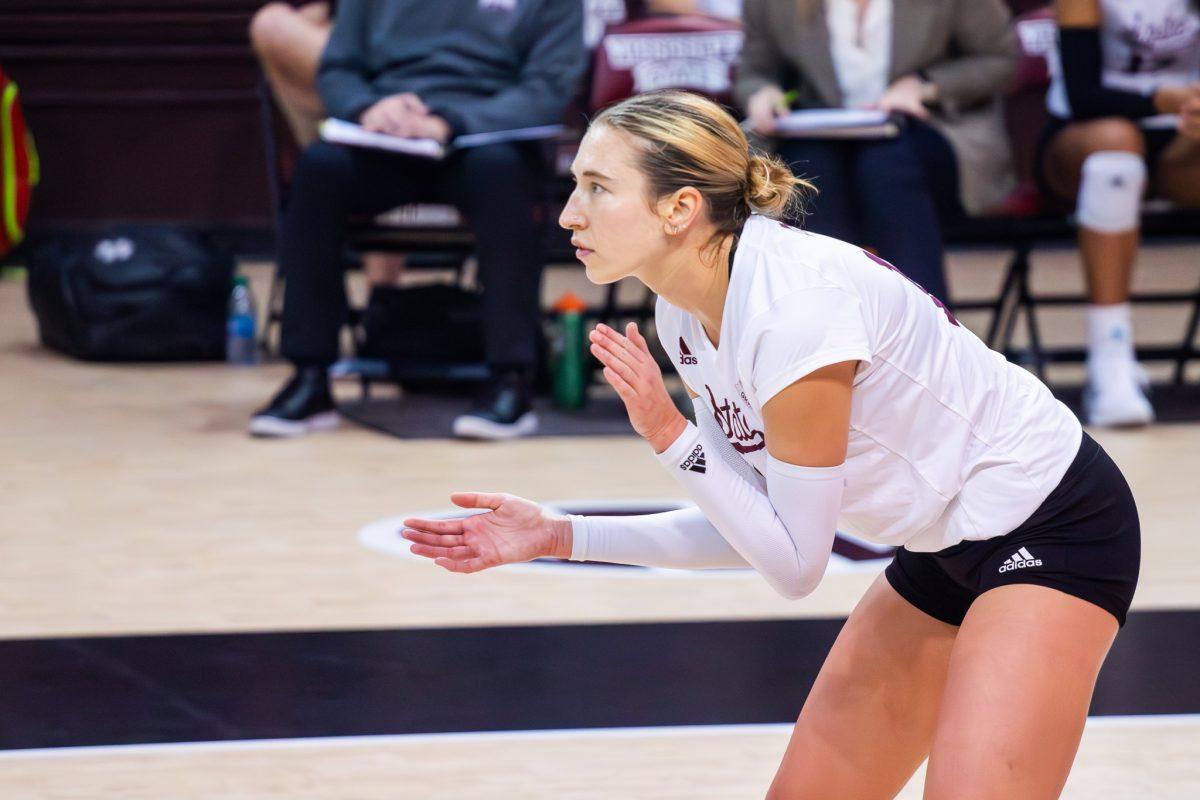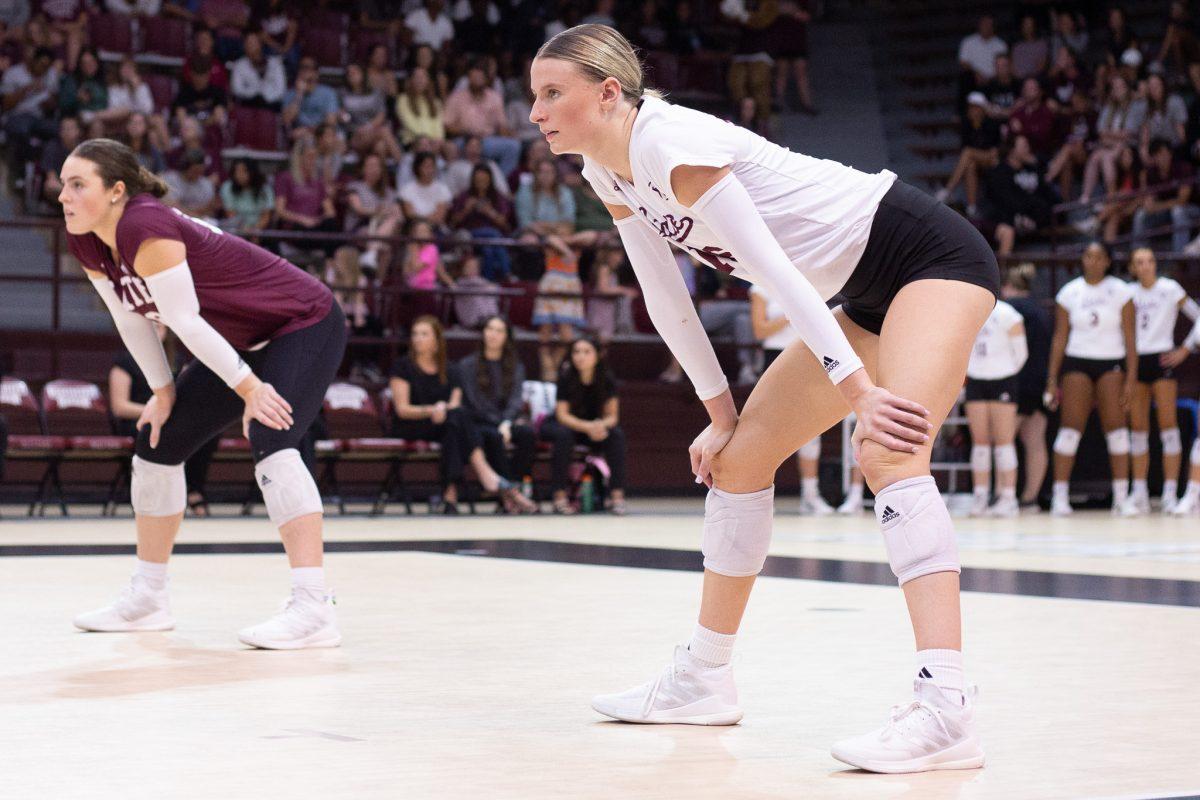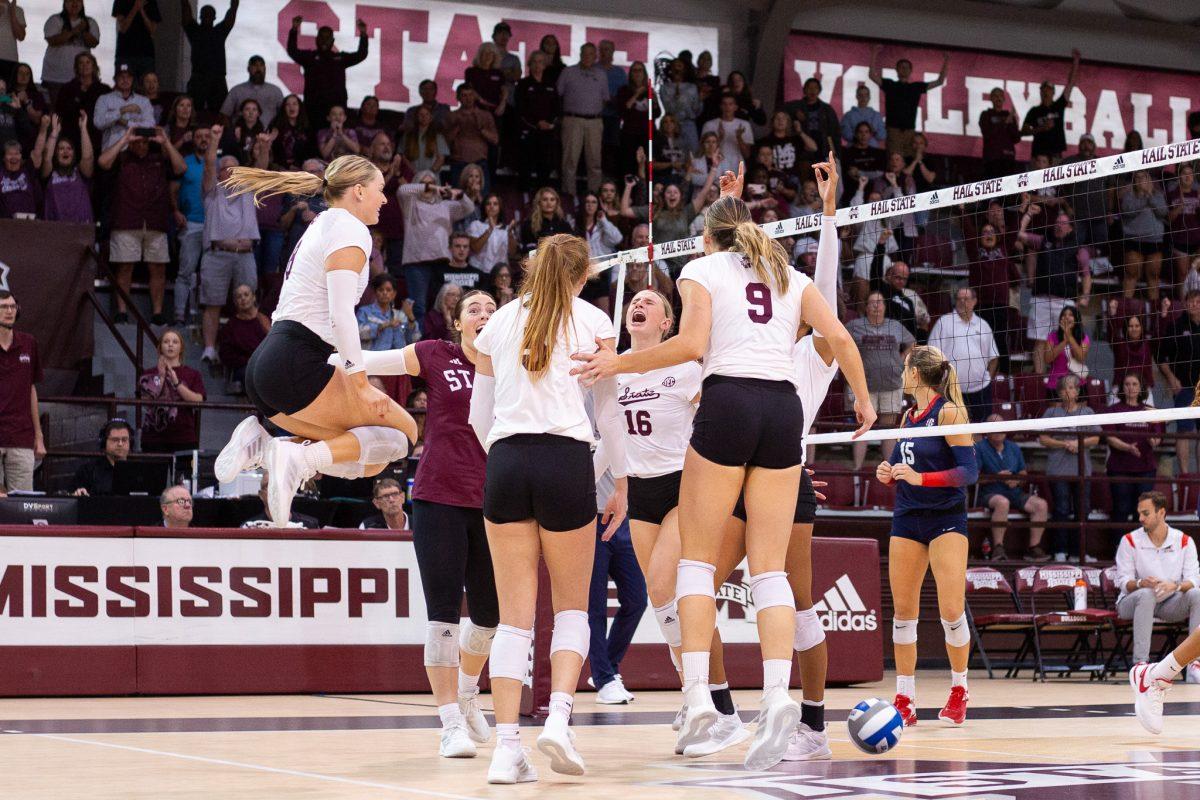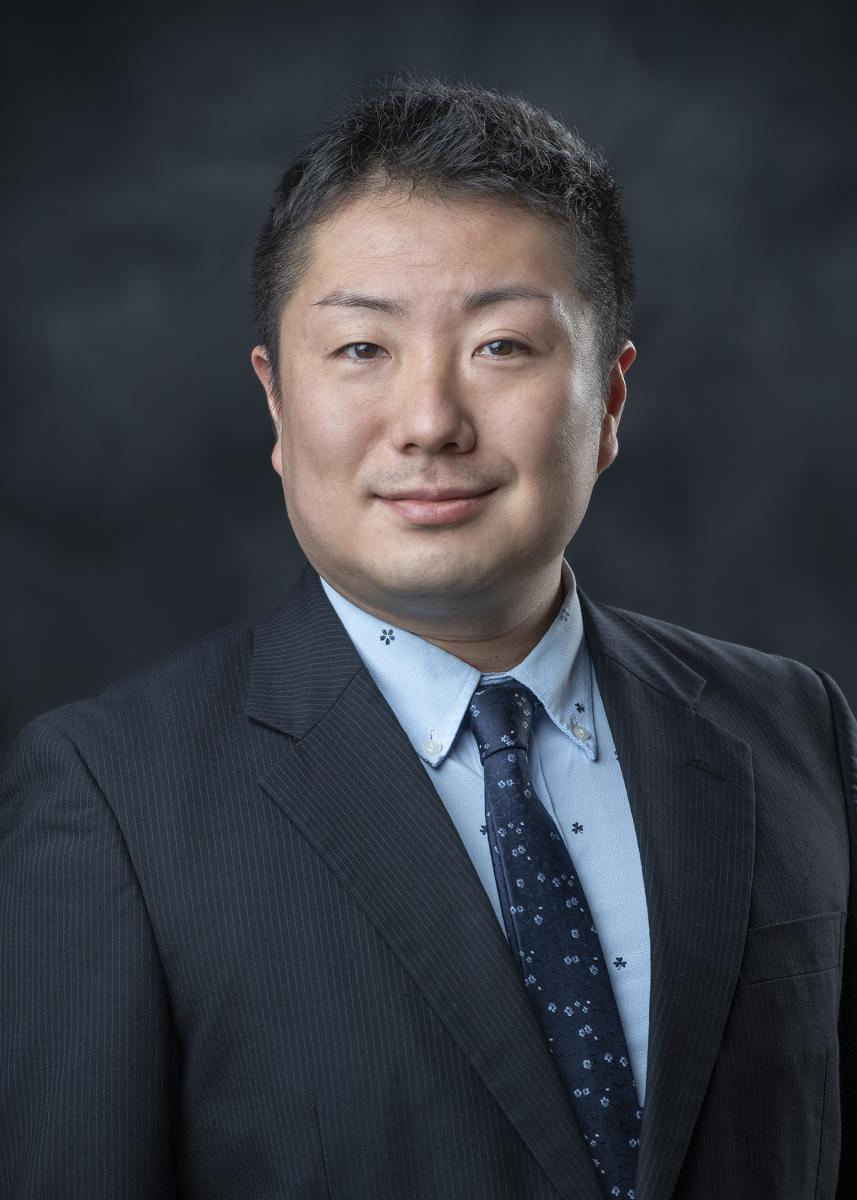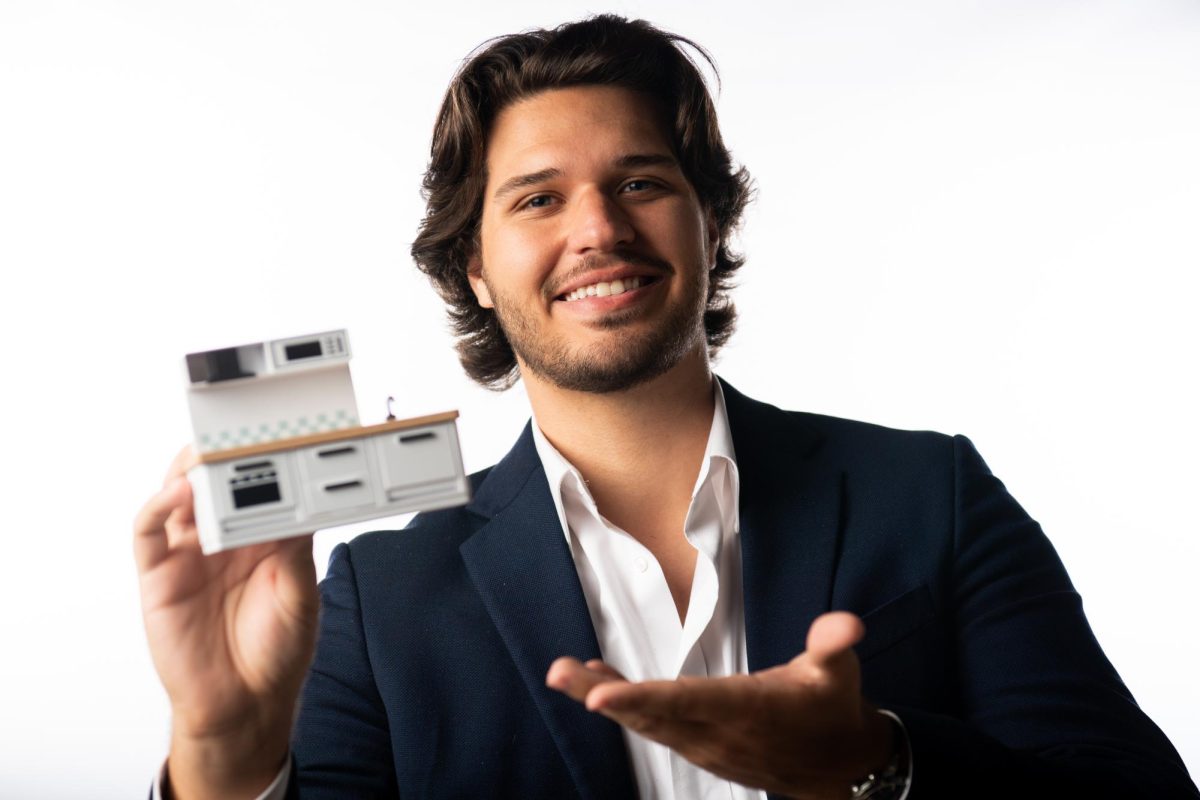Just last semester, the student body at Mississippi State University surpassed 23,000. Of that rising population, about 800 are international students— spanning a broad reach of 80 countries and encompassing about 3% of the heart and soul of campus.
Every single one of those 800 students has their own unique story that drove them to seek the next chapters of their lives overseas. However, no matter how far they find themselves from home, starting fresh in a new country, or a new continent, would understandably be a huge adjustment for anyone. That is precisely where the Holmes Cultural Diversity Center comes into play.
The Holmes Cultural Diversity Center, named after Dr. Richard E. Holmes, MSU’s first African American alumnus in 1965, is MSU’s multicultural center, seeking to promote a college culture that extends a hand in favor of equality, diversity and inclusion for all students of every background.
Kei Mamiya is the associate director of the Holmes Cultural Diversity Center, overseeing all functions of the center in terms of operations, programming, events and providing advising for student organizations.
“Our mission is to enhance our students’ experience and we have different ways to do that. One of the focuses is definitely more marginalized students on campus— just trying to understand their experiences based on their identities, needs and support that they need,” Mamiya said. “We do events for them to feel recognized and valued in the community, so we do a lot of programs to advocate for them.”
To the Holmes Cultural Diversity Center, a prime way to accomplish this goal is to simply educate others.
“We do a lot of different workshops, trainings and presentations for faculty, staff and students to just better understand what inclusion means on our campus and how they can actually support them,” Mamiya said.
The Holmes Cultural Diversity Center often collaborates with the International Services Office, which handles matters ranging from immigration documentation to international student orientation. To prepare the incoming international students, the two campus organizations host a liaison program. This program connects current MSU students to future international students prior to reaching the U.S. Once the students actually arrive at MSU, those liaisons play a similar role to an orientation leader.
For out-of-state students, it might seem overwhelming to pack up and drive, or fly, across the country to seek their next level of education. Whether that student’s home is one state away or 10, that distance pales in comparison to crossing nation borders or an entire ocean.
Abigail Fox, a freshman animal and dairy science major, recalls her decision to enroll at MSU from her home in Niagara Falls, Canada. Fox made this decision after an experience in a student-exchange program in Germany sparked a fondness for the idea of travel abroad. Fox shared the similarities and differences between college in Canada and the U.S.
“It’s quite similar. Although it’s much easier to get help here like free tutoring, all the SI sessions and labs are set up for their own times rather than just during class. The actual teaching itself I’ve found is a bit more in-depth, though it’s quicker— so, more information, better explained, but really fast,” Fox said.
Fox had the opportunity to spend her winter break back home in Canada, timing the drive back to Mississippi in order to narrowly avoid an oncoming snowstorm.
However, for the majority of international students, that is simply not an option.
Tajinder Singh, a freshman microbiology and environmental sciences major, hails from the city of Rourkela in Odisha, India. He chose MSU, and to go international in general, in order to truly devote his career to research.
“Here, professors have their own labs and they get all their funding from the university and the National Science Foundation, etcetera,” Singh said. “I didn’t want to go work for a corporate or do a desk job or work in IT. So, it was the best decision for me to come here because I want to focus on research specifically.”
For Singh, and other students from further abroad, winter housing is a much more feasible option. Singh paints a vivid picture of what campus looks like over that extended month and a half respite from classes.
“The university, pretty much, still stays open. There’s no classes but the departments are still open, the professors are here, the research labs are open so most of the students continue doing their research work. The university officially only closes for the Christmas break from the 24th to the second or third of January,” Singh said.
Singh also addressed the accessibility of dining options during winter break.
“Food-wise, the dining halls were closed because dining halls have a bigger population; only the retail places were open, like Chick-fil-A or Subway.”
The International Institute and the Holmes Cultural Diversity Center do make other options available for the winter. Events, such as game or movie nights, were hosted by both organizations. These events promoted community while also taking the opportunity to serve dinner and give away food packages.
Additionally, staying on campus for the winter may prove useful credits-wise. Many international students end up taking a course during MSU’s winter session, since they are staying here anyways.
Although, future winter breaks may look very different for some international students.
“Some of our friends in the international students are planning a road trip to New York. So, we might do that but there’s also a lot of options,” Singh said.
As the number of the general student body of MSU continues to grow, this will bring in new backgrounds, fresh faces, valuable cultures and diverse stories to add to the past, present and future of the school.
International students experience winter break in Starkville
Courtesy Photo | Holmes Cultural Diversity Center
Kei Mamiya is the associate director of the Holmes Cultural Diversity Center.
0
More to Discover

